The Hanse Touch
The Hanse Touch
By Lee Pace
 Gil Hanse launched his golf design firm in 1993 and for nearly two decades carved a niche doing restoration work on classic courses across the United States, among them Merion, Winged Foot, Fishers Island, The Country Club, Los Angeles Country Club, Oakland Hills and Baltusrol.
Gil Hanse launched his golf design firm in 1993 and for nearly two decades carved a niche doing restoration work on classic courses across the United States, among them Merion, Winged Foot, Fishers Island, The Country Club, Los Angeles Country Club, Oakland Hills and Baltusrol.
It was only a matter of time before he landed the opportunity to create a golf course from scratch, and he drew accolades for his work for developer Mark Parsinen in creating Castle Stuart outside Inverness, Scotland, and in building the Olympic Golf Course in Rio de Janeiro. His new course at Streamsong in Florida stood up well alongside courses from Tom Doak, and Bill Coore & Ben Crenshaw in the 54-hole complex carved from an abandoned mining quarry.
Hanse was an ideal fit for Pinehurst Resort in 2016 when the club set about retooling its No. 4 course in the appearance and personality of its next-door neighbor, the No. 2 course that had been renovated five years earlier by Coore & Crenshaw. No. 4 since its opening in 1919 under the design acumen of Donald Ross had become over many decades an amalgamation of work by Ross, Richard Tufts, Robert Trent Jones and Rees Jones before a total overhaul by Tom Fazio in 1999.
The course closed in October 2017 and Hanse and design partner Jim Wagner set about their facelift that was unveiled one year later and in 2019 was co-venue for the U.S. Amateur. Hanse mostly used the corridors of Fazio’s layout but discarded one hole and added a new one, adjusted fairway widths and angles and rebuilt every green and bunker. Like the No. 2 course, all the Bermuda rough was removed and in its place was cultivated the natural hardpan sand and wiregrass indigenous to the Sandhills.
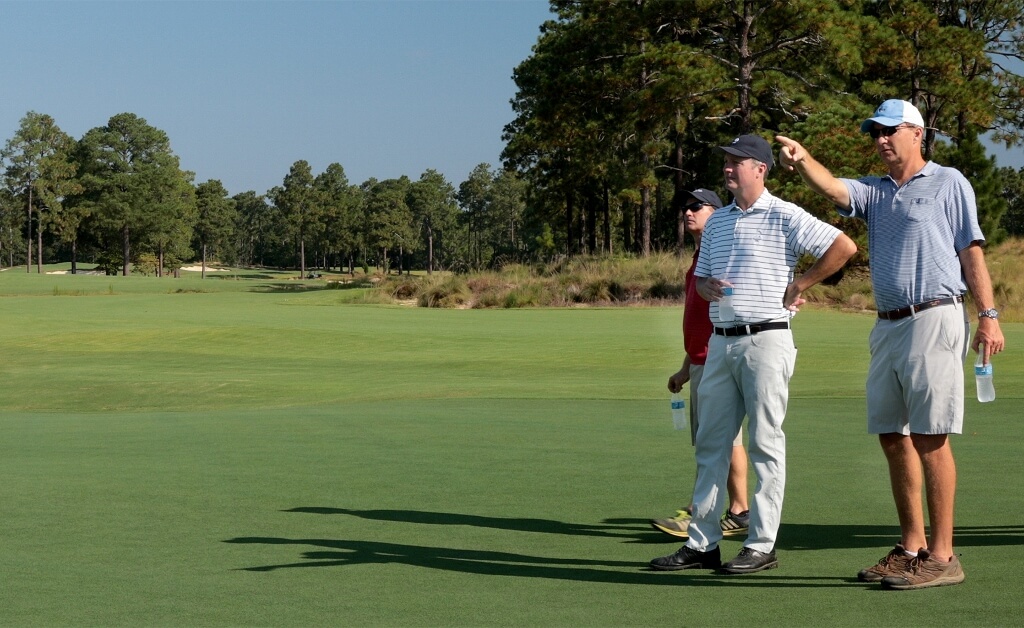 “It all started with Coore & Crenshaw,” Hanse says. “They were brought in to bring back the character and to restore the sandy waste areas and Ross’s vision for what Carolina Sandhills golf looks like. We’ve carried that a little further in this presentation. It’s not a tribute course to Ross or course No. 2. But we feel it will be a good companion golf course.”
“It all started with Coore & Crenshaw,” Hanse says. “They were brought in to bring back the character and to restore the sandy waste areas and Ross’s vision for what Carolina Sandhills golf looks like. We’ve carried that a little further in this presentation. It’s not a tribute course to Ross or course No. 2. But we feel it will be a good companion golf course.”
Hanse lived in Dornoch Cottage for his year in Pinehurst and drew on the spirit of Ross’s old home along the third green of No. 2 for inspiration. He was walking to work one morning when he was struck with the idea that he and Wagner were on the right track.
“There was one morning where it was just beautiful out and I was crossing hole No. 10 on course No. 2 and I saw we had finished hole No. 9 on No. 4, and it felt like it belonged,” Hanse says. “That was the moment I felt we had done something really special here as it relates to course No. 2.
“We wanted to build a golf course that felt comfortable sitting next to course No. 2, but we didn’t want to build a golf course that was either going to compete with it or copy it. We really tried to build something that, if you’re playing No. 2 and you look over at No. 4, you’d think, ‘Okay it feels like a continuation of the same landscape and the same theme and presentation.’”
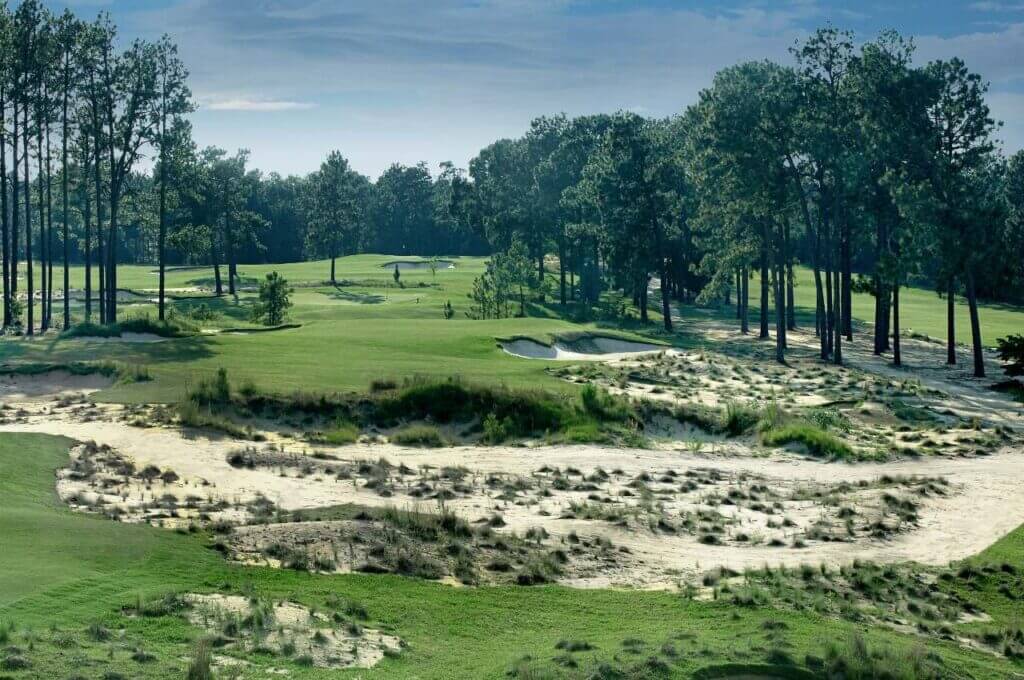 While No. 4 was being “reimagined,” in the words of Pinehurst’s marketing staff, another key initiative was taking hold. Pinehurst had built in 2011 a massive putting complex in the manner of the Himalayas putting course at St. Andrews, and the facility had been embraced for offering a fun and informal option to actually playing 18 holes of golf. Pinehurst officials thought a logical extension of that concept would be to create a nine-hole “short course” and they asked Hanse and Wagner to take the lead.
While No. 4 was being “reimagined,” in the words of Pinehurst’s marketing staff, another key initiative was taking hold. Pinehurst had built in 2011 a massive putting complex in the manner of the Himalayas putting course at St. Andrews, and the facility had been embraced for offering a fun and informal option to actually playing 18 holes of golf. Pinehurst officials thought a logical extension of that concept would be to create a nine-hole “short course” and they asked Hanse and Wagner to take the lead.
The Cradle course that opened in the fall of 2017 was so-named as it’s positioned on ground where in 1898 some of the first crude holes were routed in what was to become known as the “Cradle of American Golf” and/or “The St. Andrews of American Golf.” Pinehurst officials removed the first holes of courses No. 3 and 5 and reconfigured them within the existing routings on the west side of Hwy. 5 and assigned those 10 acres to the new course, which includes holes ranging for 56 to 127 yards long (789 yards in all).
Hanse applauds the first two aces on the Cradle — one from a 14-year-old, the other from an 84-year-old.
“That encapsulates exactly what we were hoping for,” says Hanse. “We have built a playground where kids and elders can enjoy the game — they can hoot and holler and high-five all they want. It’s a relaxed and comfortable feeling.
“We all remember what brought us into golf in the first place — to hit it hard and laugh and giggle. No one at the beginning sweats over a 3-foot putt. Hopefully, we can connect with that innocent, fun part of the game.”
Chapel Hill based writer Lee Pace has written about golf in the Sandhills since the late 1980s and has authored a dozen books about clubs, courses and the people who’d made it special over more than a century.
Other Blogs
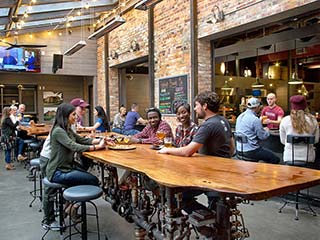
10 Great Things To Do
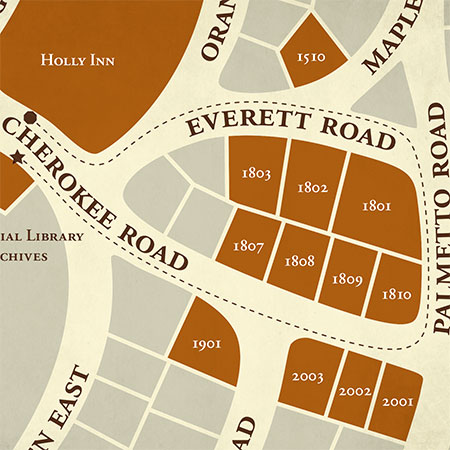
Discover The Path To Pinehurst’s Past

Insider Golf Tips
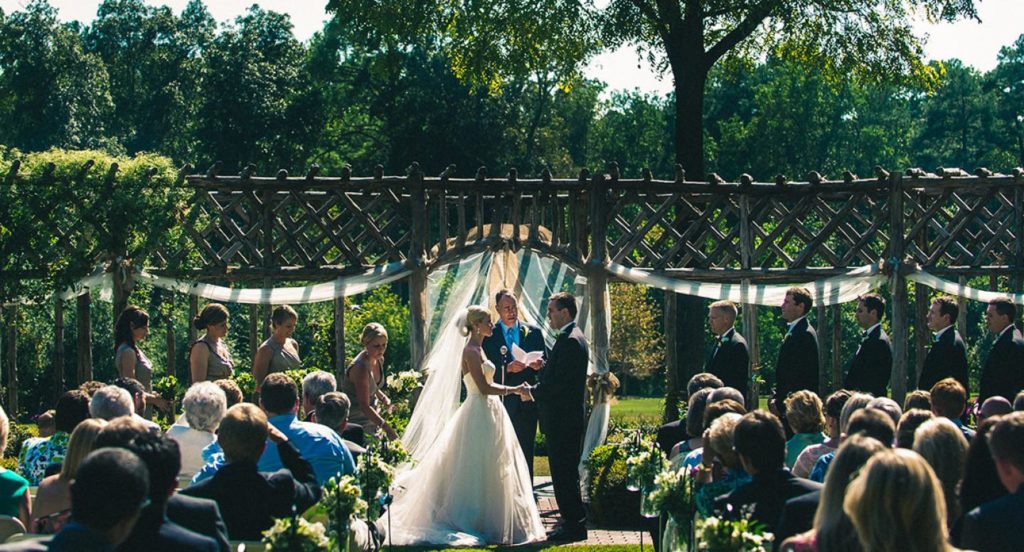
Unique Wedding Venues

North Carolina Couples Vacation
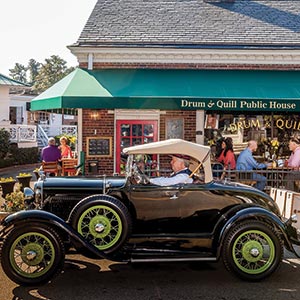
Our Favorite 19th Holes in the Home of American Golf

Girlfriend Getaways
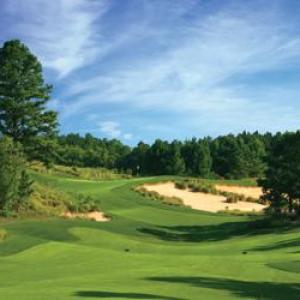
Tobacco Road: A Truly Unique Golf Adventure
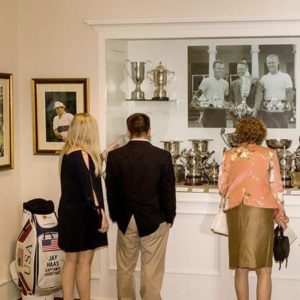
Carolinas Golf Association Hall of History

Where the Ladies Golf
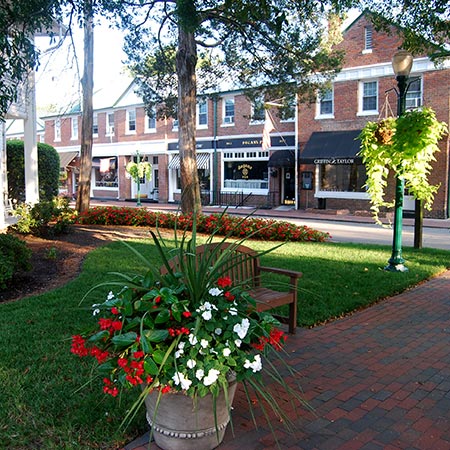
Romancing Pinehurst
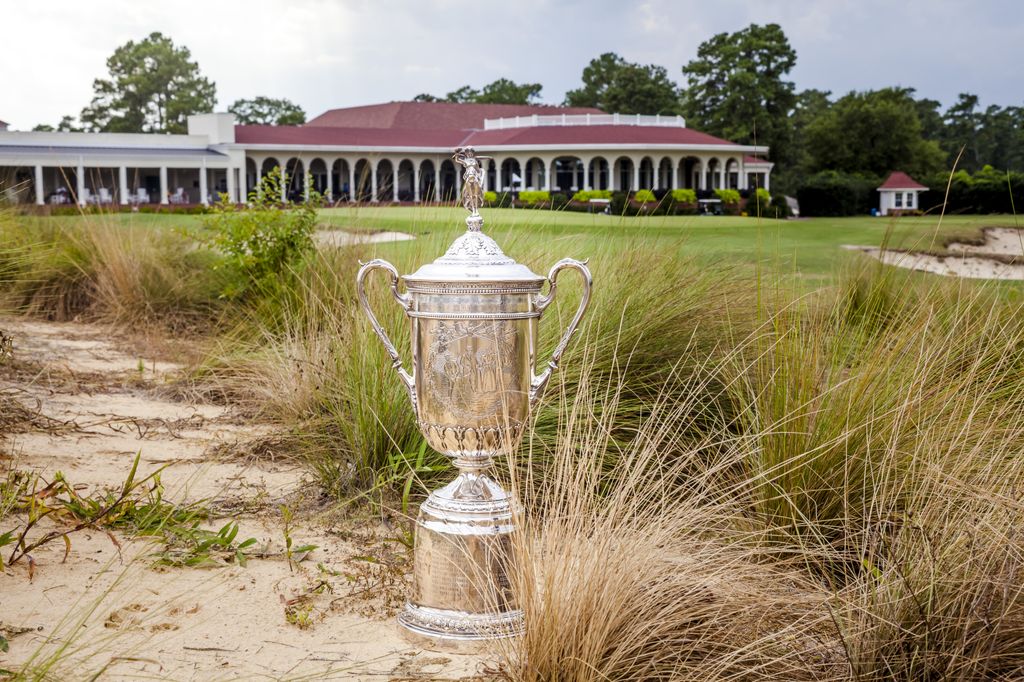
Home of American Golf and U.S. Open Connections
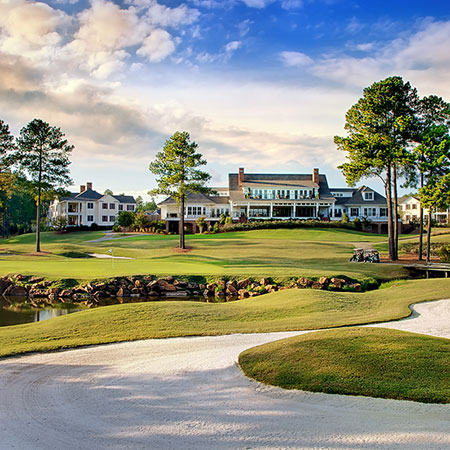
Former U.S. Open Champions Provide Pinehurst Area Some of Its Finest Designs
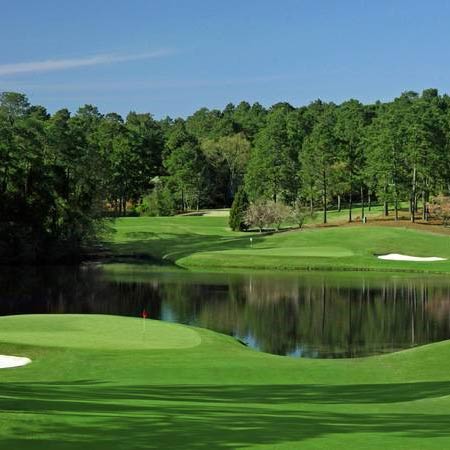
Donald Ross First of Many Architects to Design U.S. Open-Quality Courses in Sandhills
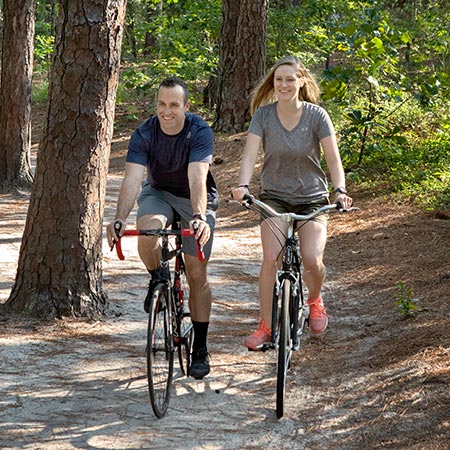
Sandhills Offers Outstanding Variety of Outdoor Activities
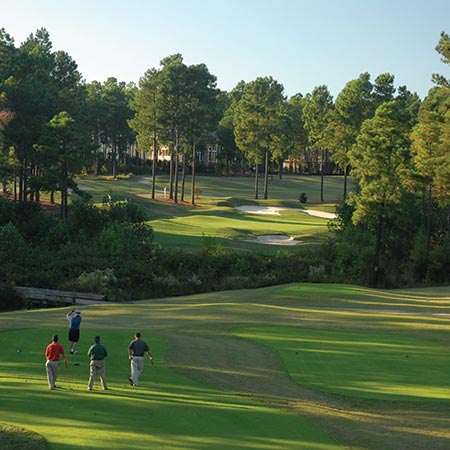
Buddy Golf Trip
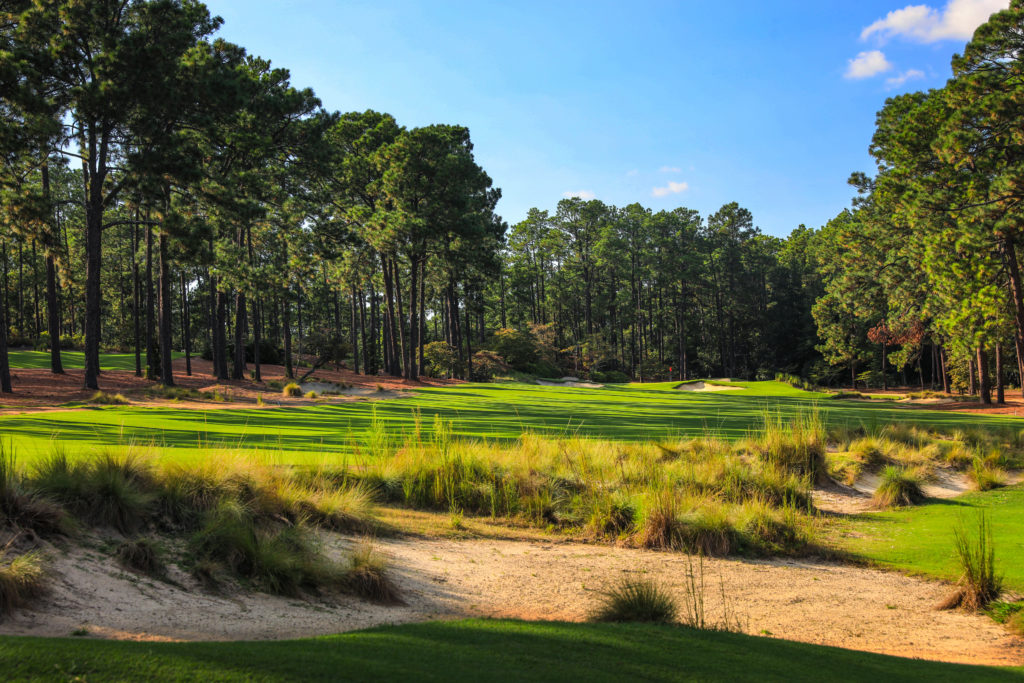
18 Holes of Local Knowledge for the Sandhills Golfer
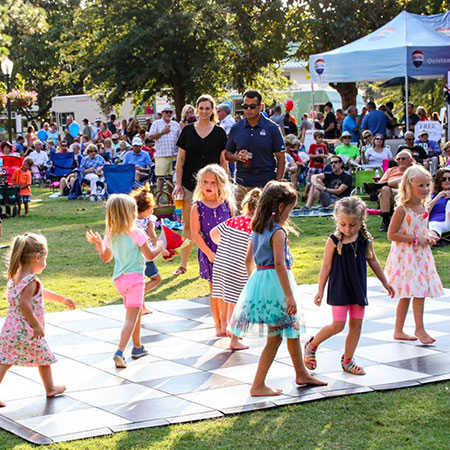
The Family Fun Trip
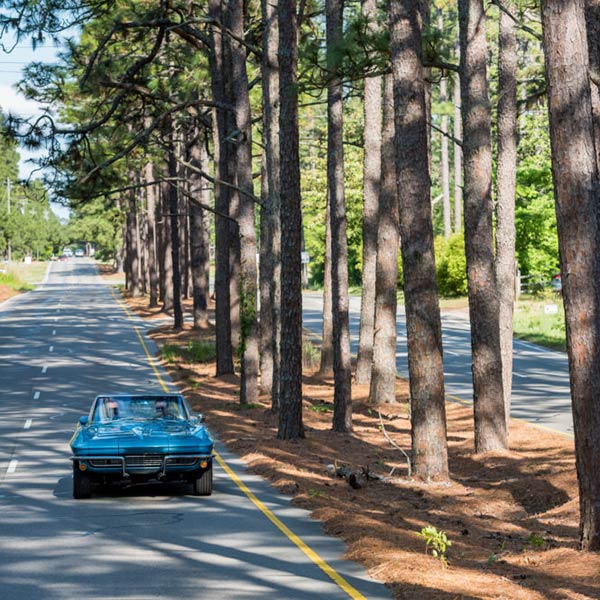
Midland Road: The “Fifth Avenue of Golf”
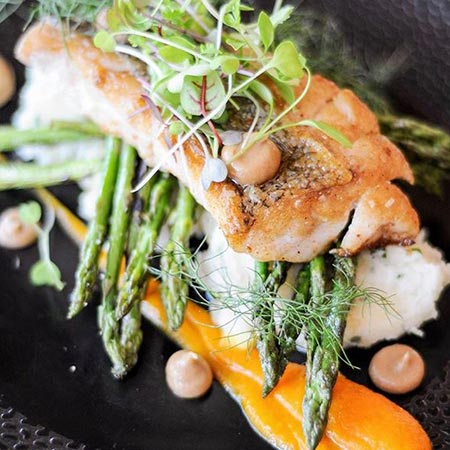
Collards, Community and Collaboration
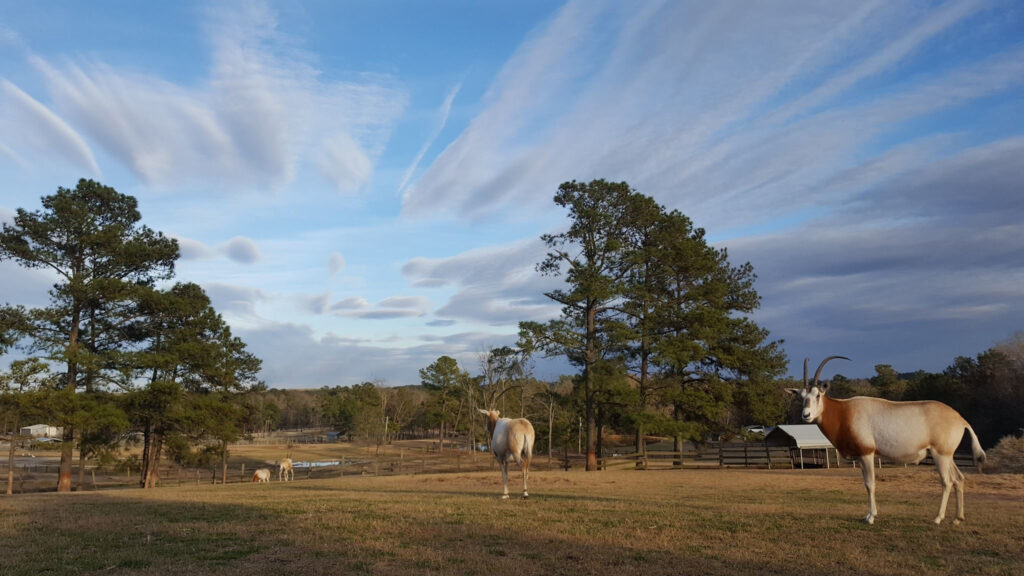
10 Little-Known Facts About North Carolina’s Pinehurst/Southern Pines Region

Sandhills Holiday Gift Guide
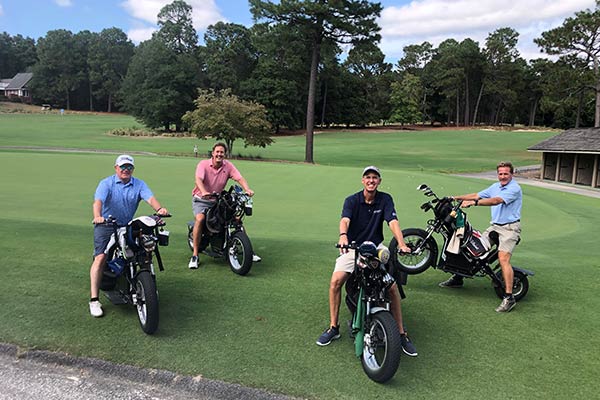
Spring Primer: Local Knowledge from the Home of American Golf

Our Favorite Coffee Shops in the Sandhills
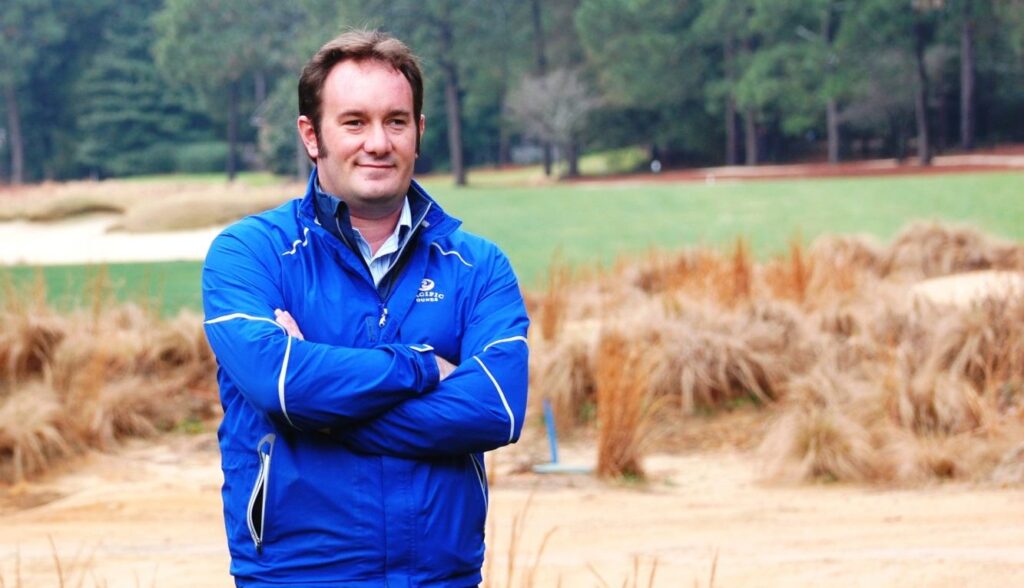
Franz Creating Legacy on the Links

Bring Fido! Pet-Friendly Finds Among the Pines
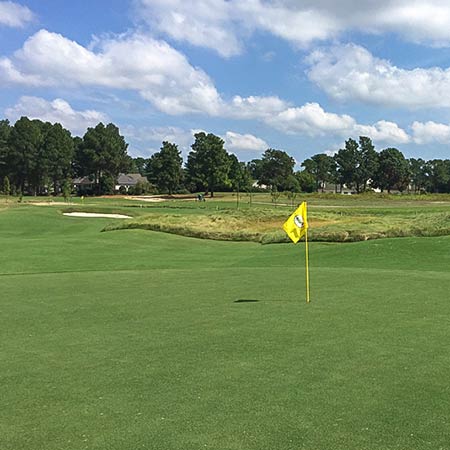
Bottlebrush: Pinehurst Area’s Best Kept Secret
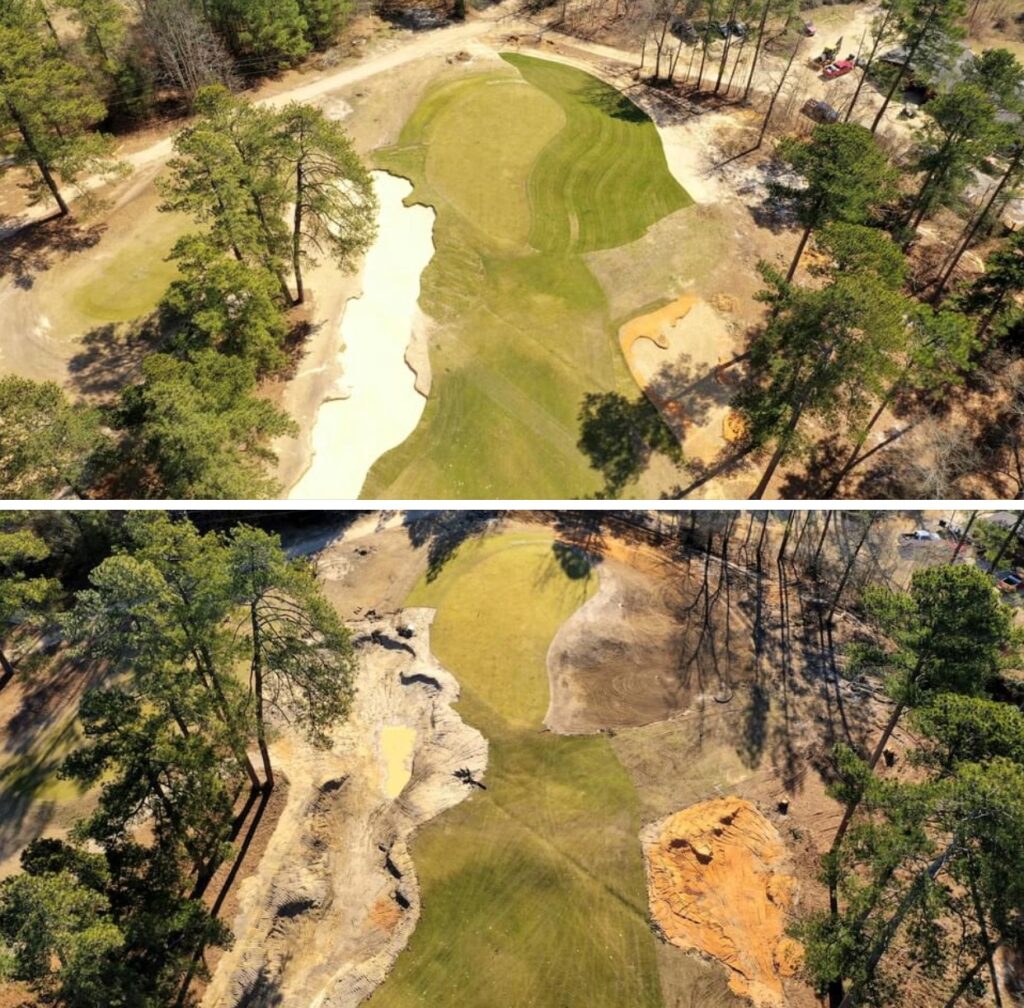
Franz Part 2: The Legacy Continues

Why Visit Pinehurst If You Don’t Play Golf?

First Timer’s Guide to Pinehurst
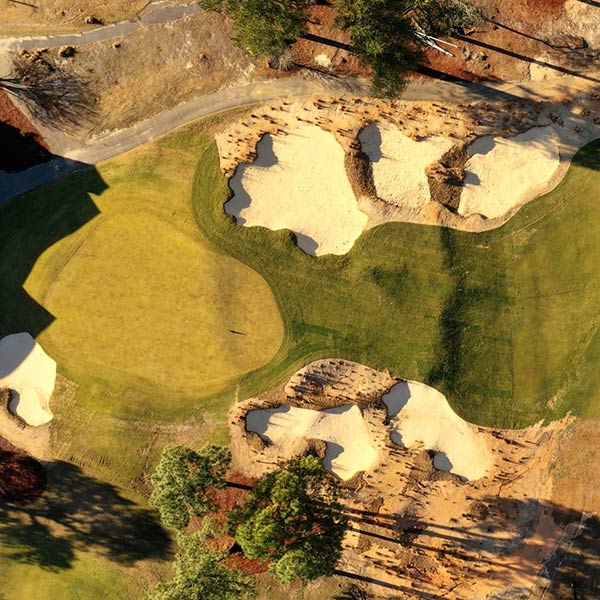
Franz Part 3: On Sandhills Topography
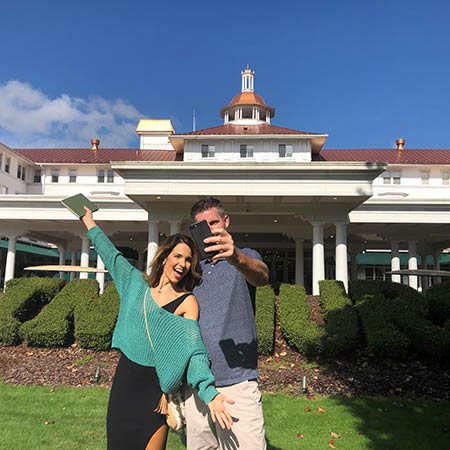
Top 10 Places for a #Sandhills Selfie
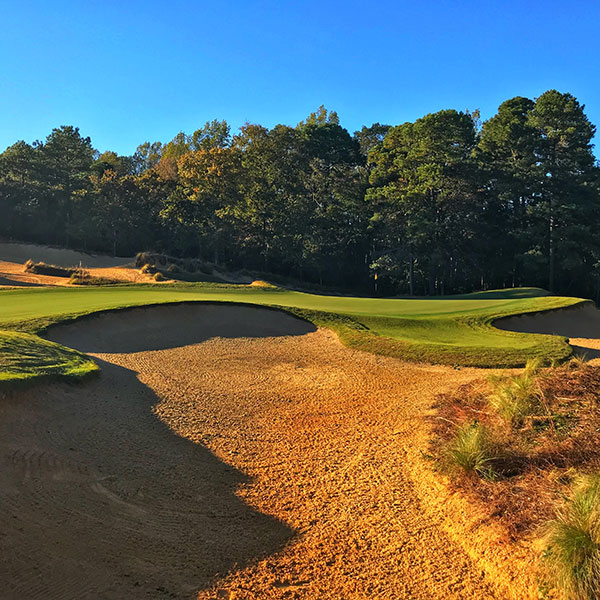
“Bermuda Revolution” Around Sandhills Leads to Ideal Year-Round Golf

Hunger Games – Sandhills Golfers Dining Guide
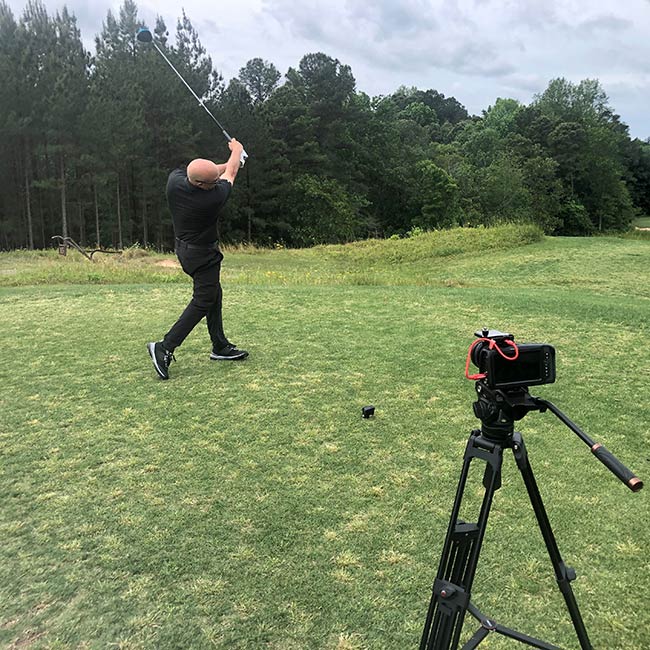
Episode 1: Golf Tips with Nick Bradley

Episode 2: Golf Tips with Nick Bradley

Sandhills Embraces Walking Culture
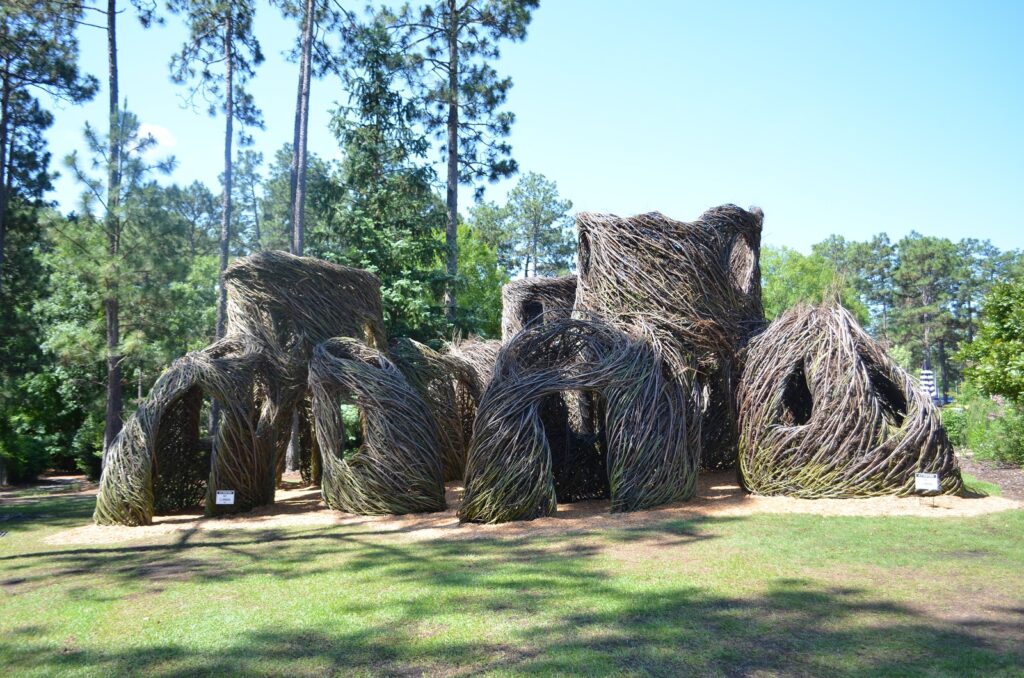
Patrick Dougherty: The Stickman Cometh

Dining A to Z

Fall Renewal in the Sandhills

Pinehurst’s Ryder Cup 1951

No. 2 Celebrates 10 Years

2004 Ryder Cup That Wasn’t
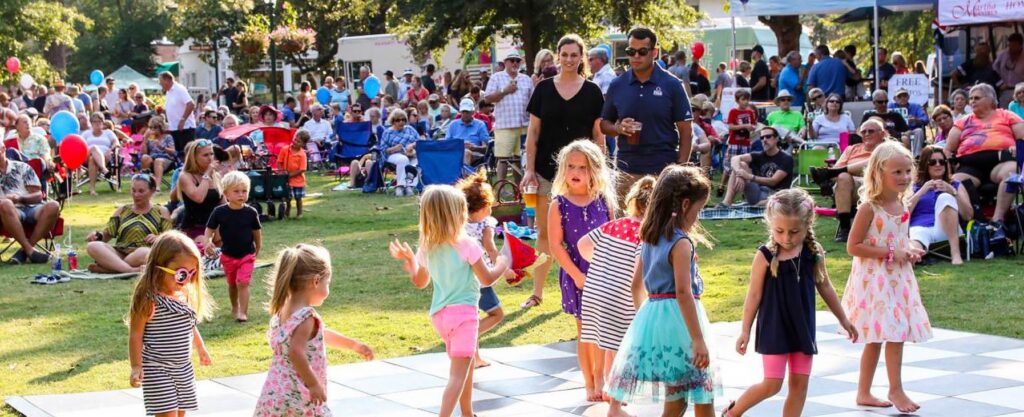
Family Fun in the Sandhills
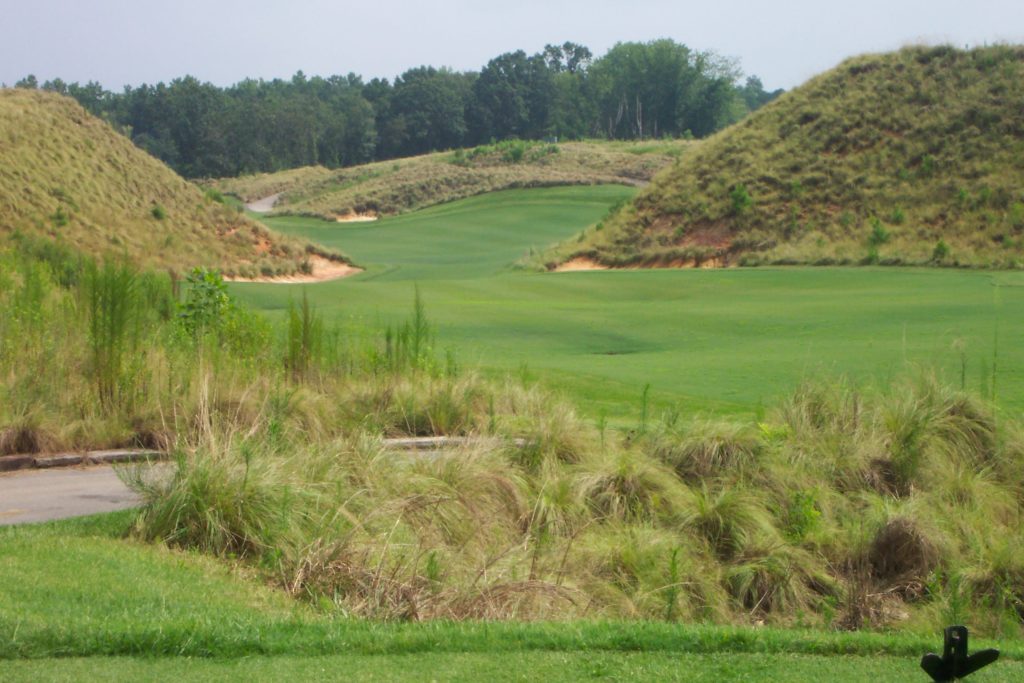
Remarkable Golf Stays in The Pinehurst Area

Couples Weekend Getaway Ideas
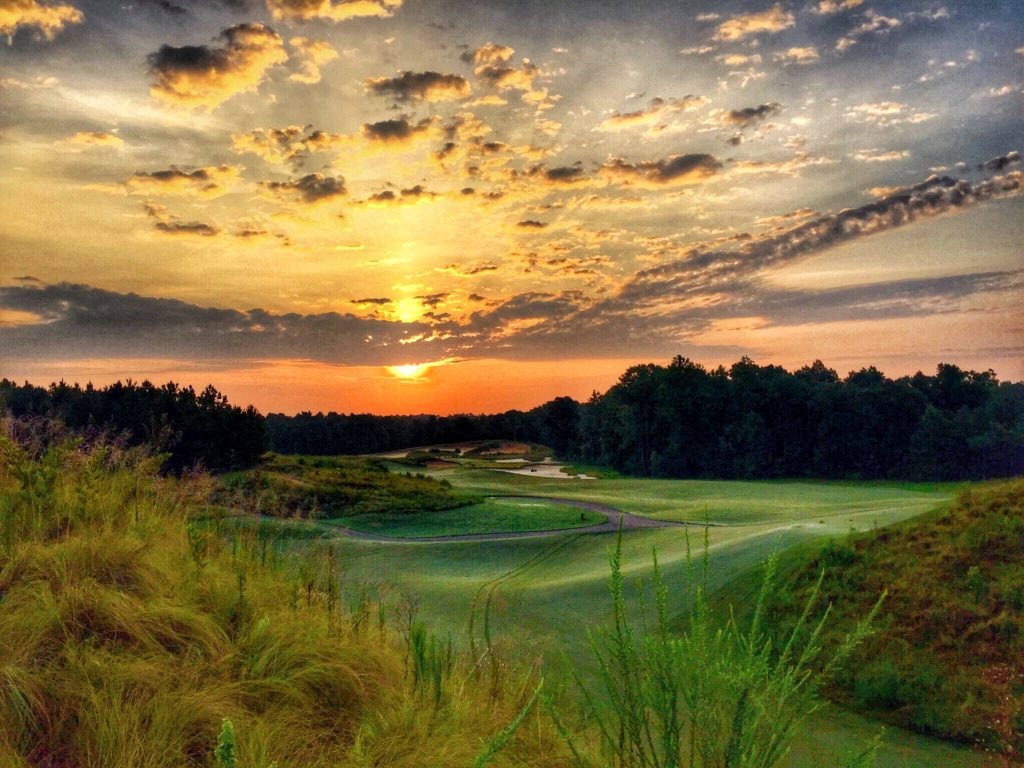
Nature’s Canvas: Tobacco Road

Perfect Getaway to Southern Pines

Culinary Discoveries in the Sandhills of N.C.

Restaurant Roundtable Q&A
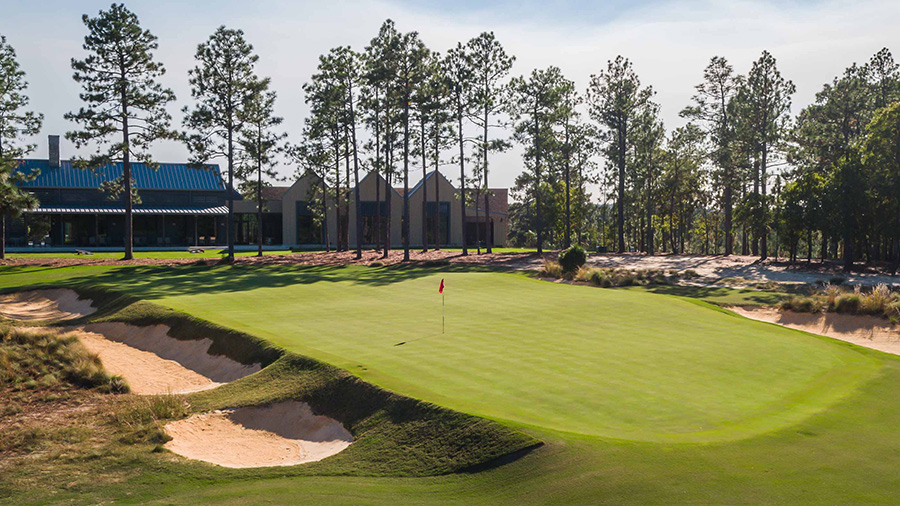
Dormie Club’s New Era
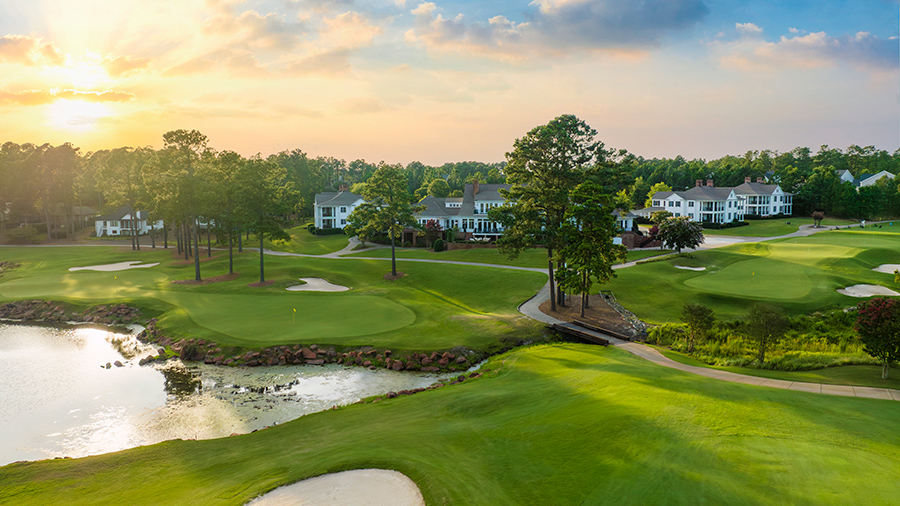
Talamore and Mid South: History of Their Own

Undiscovered Pinehurst

Off for Pinehurst
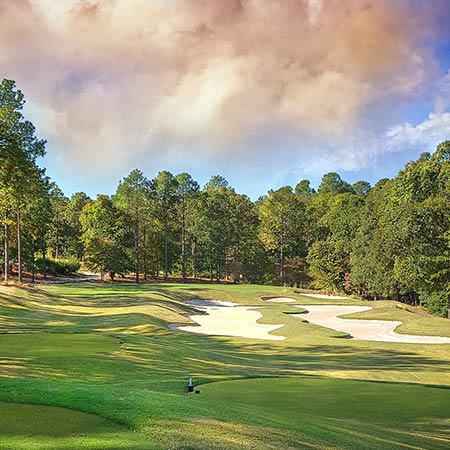
Talamore Doing More for 2022
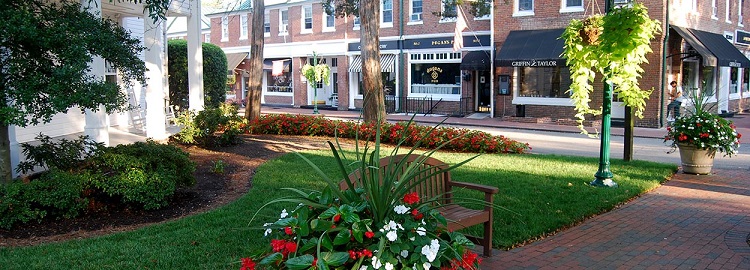
Romantic Gift Ideas In Pinehurst Area

Foodie Weekend in the Sandhills
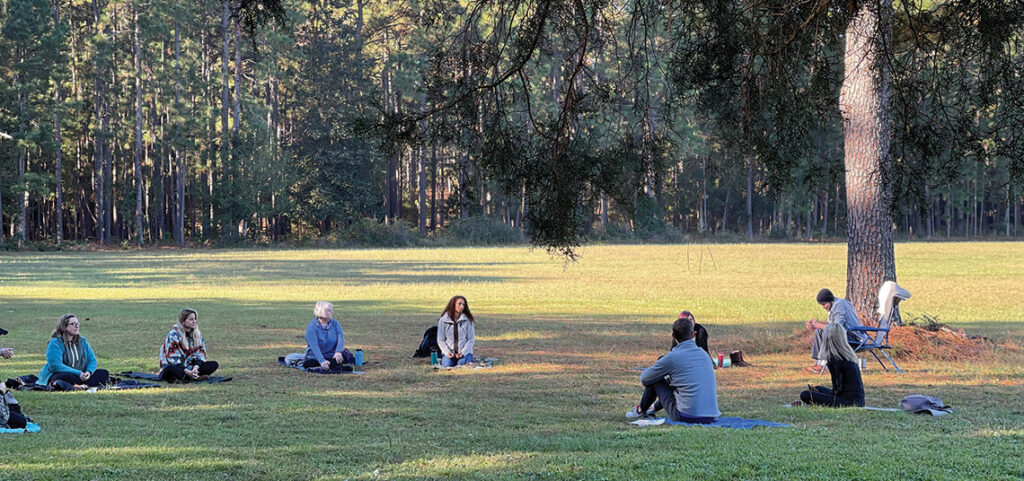
Wellness in the Pines

The Military Means Business in the Sandhills
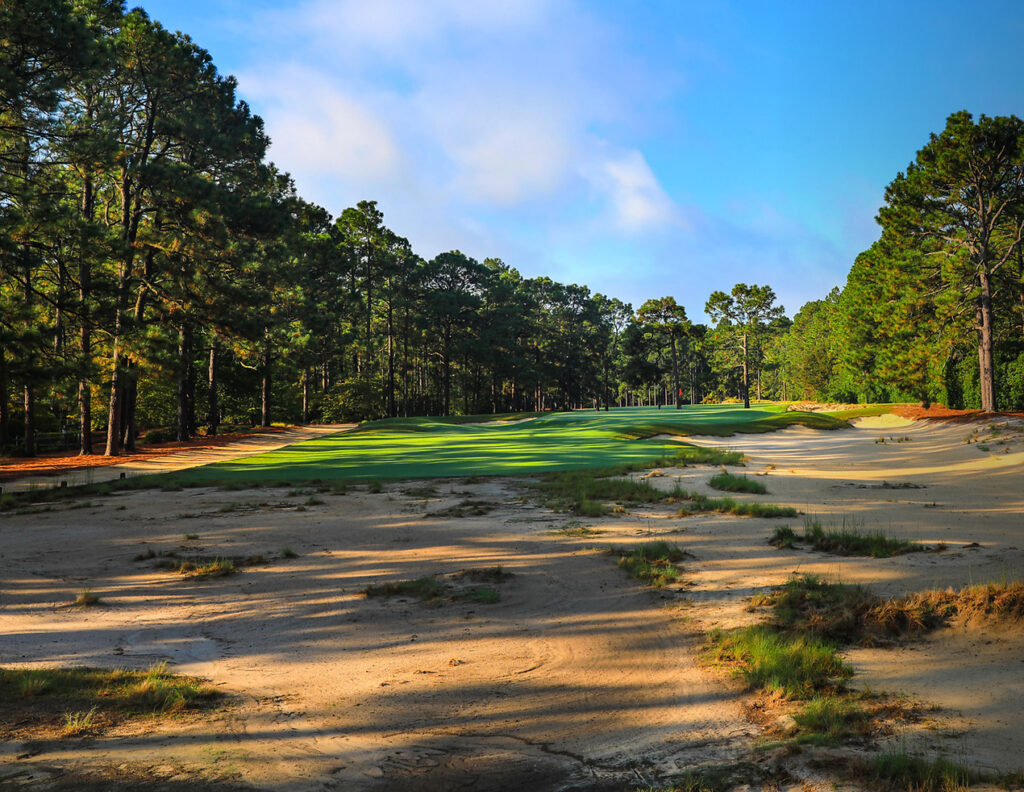
Pine Needles Goes Back in Time
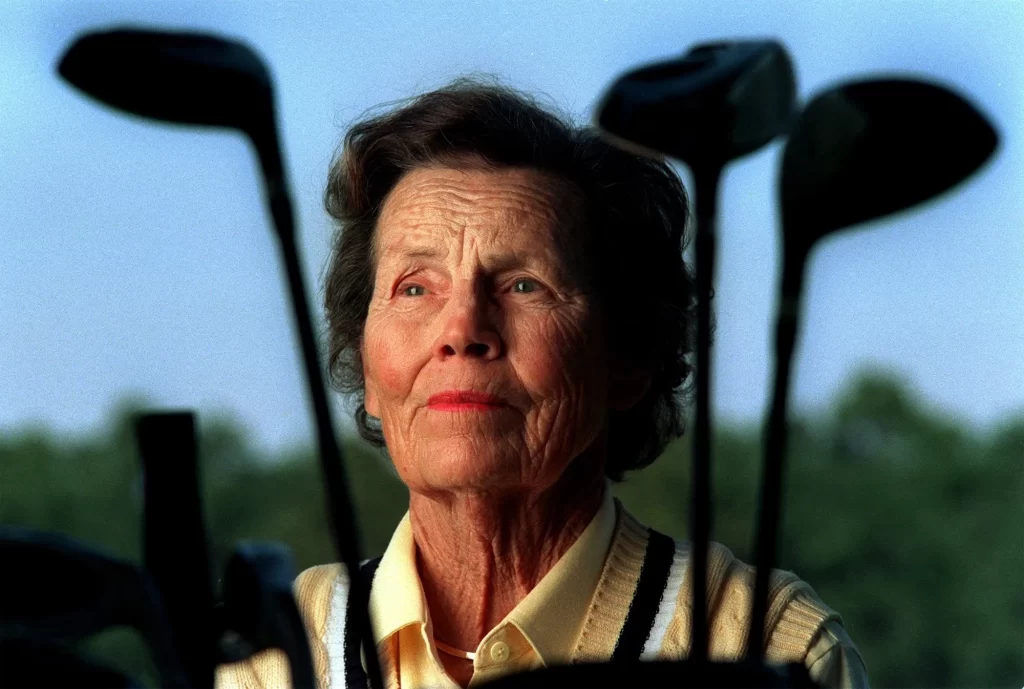
Grande Dame of Women’s Golf

A Guide to Berry Picking in the Sandhills
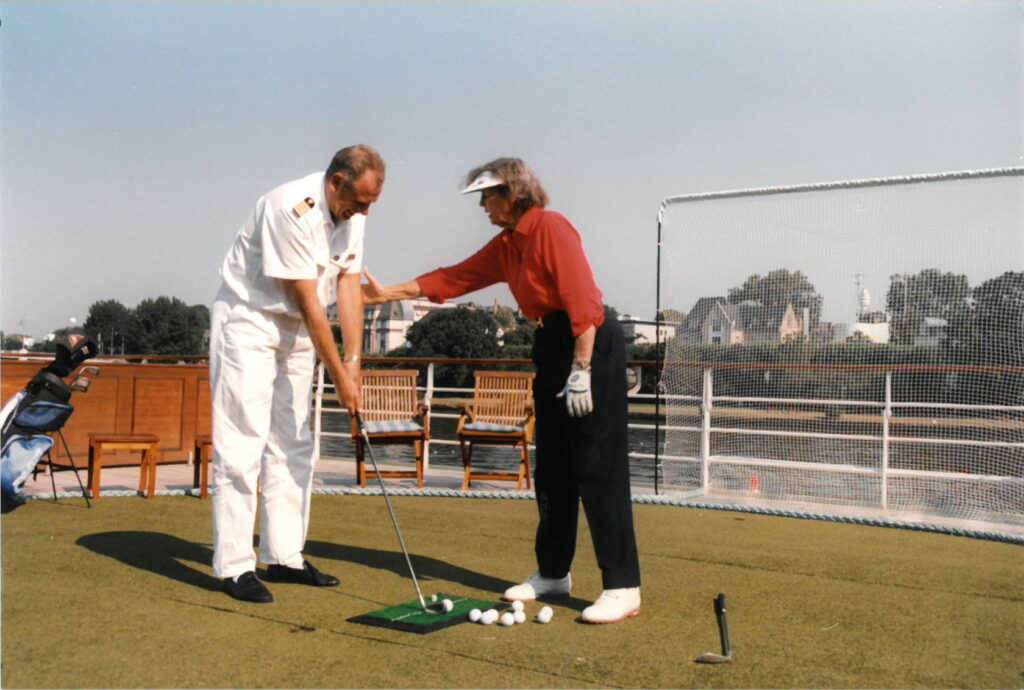
Waltzing on the Danube with Peggy Kirk Bell

From Cradle to Cradle

Donald Ross Could Golf His Ball
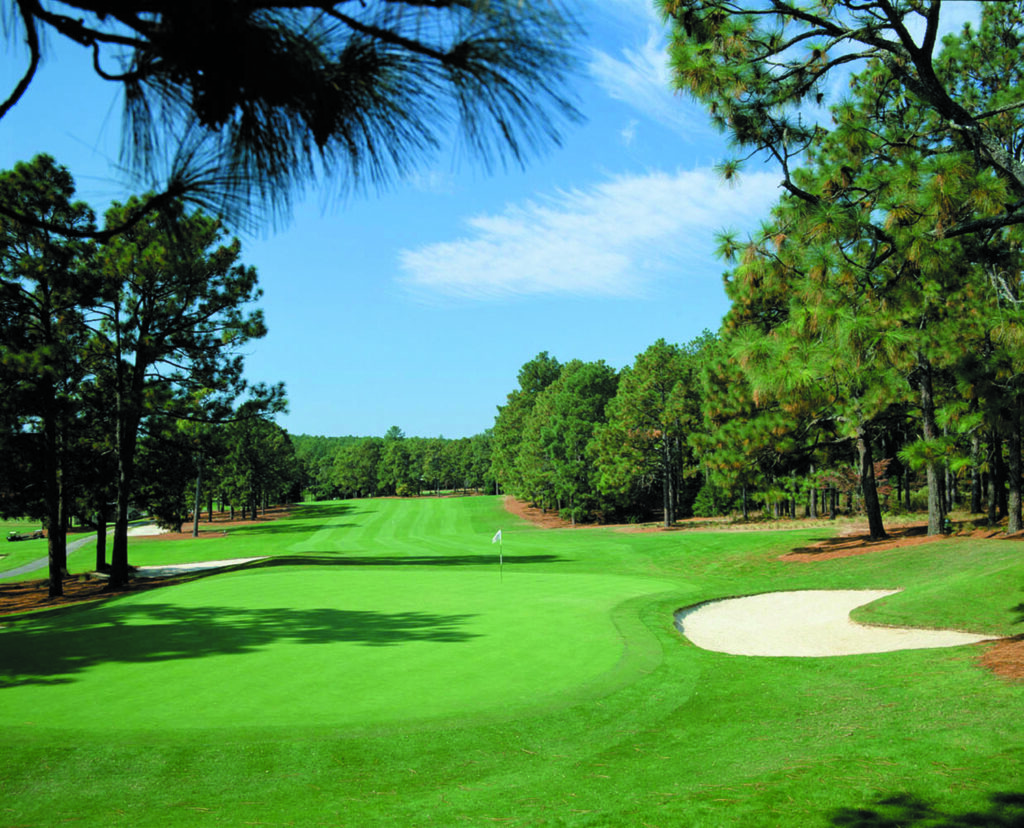
No Resting on Laurels Around the Home of American Golf
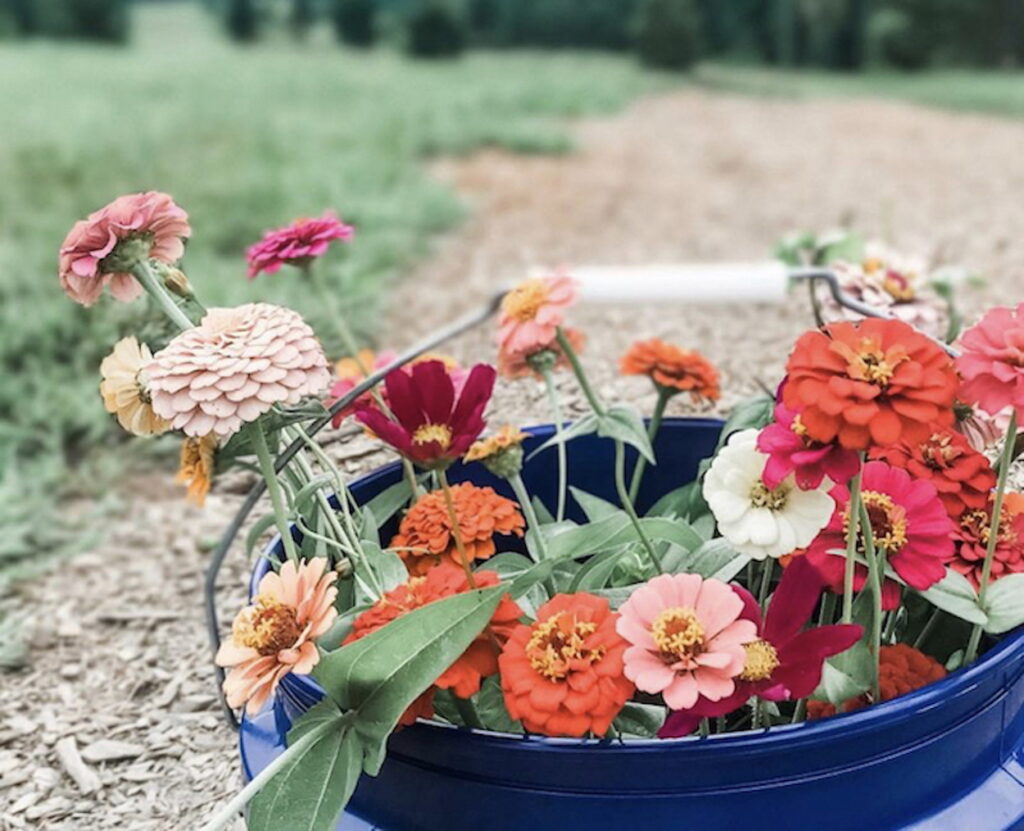
Flower Farms in the Sandhills
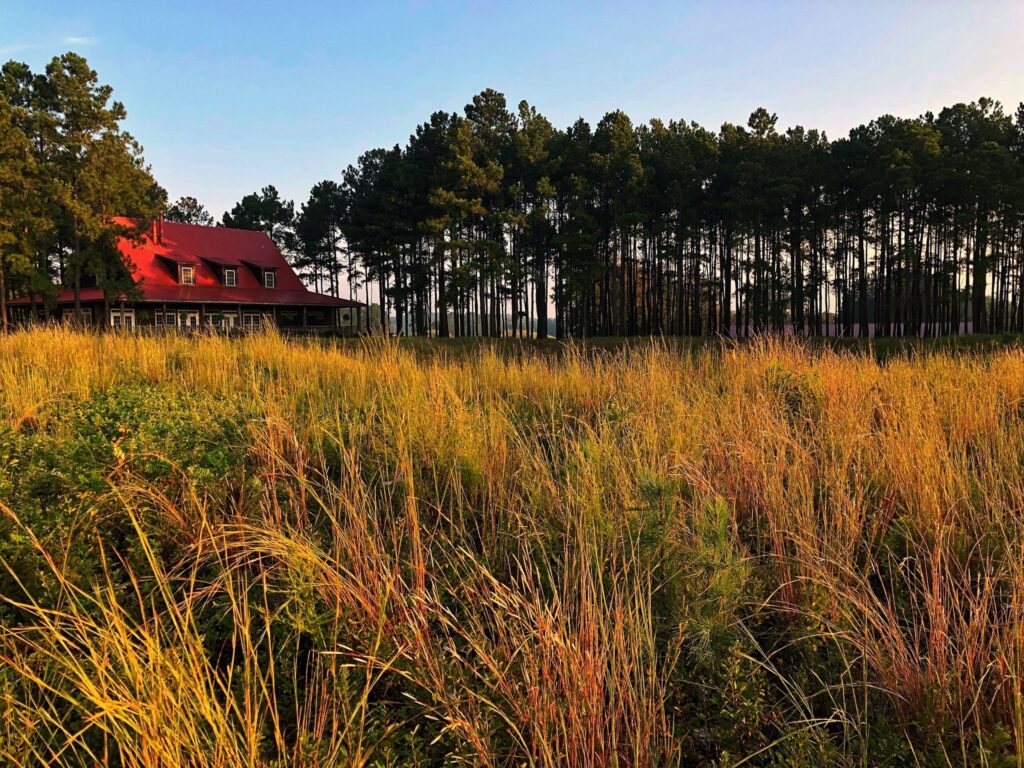
Fall into Pinehurst Golf

What Goes Around…
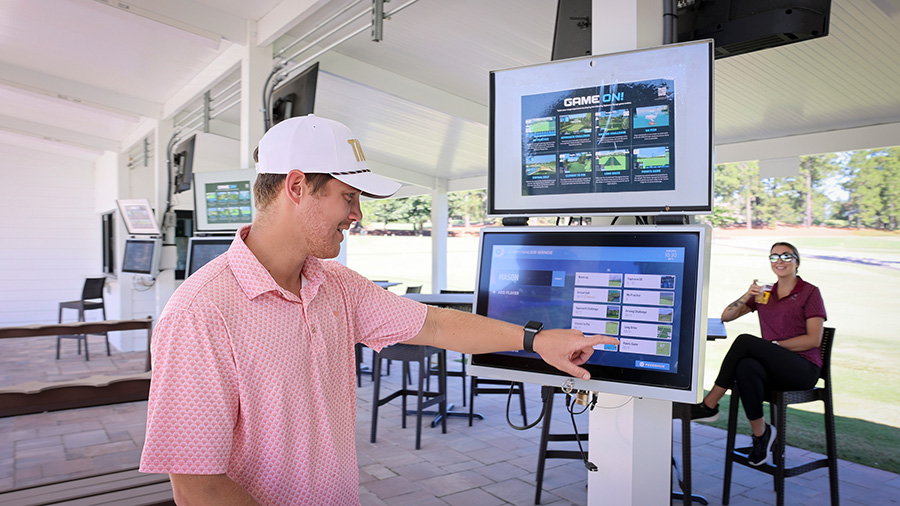
Talamore Resort Debuts New Toptracer Range

The History of the Pinehurst Inns
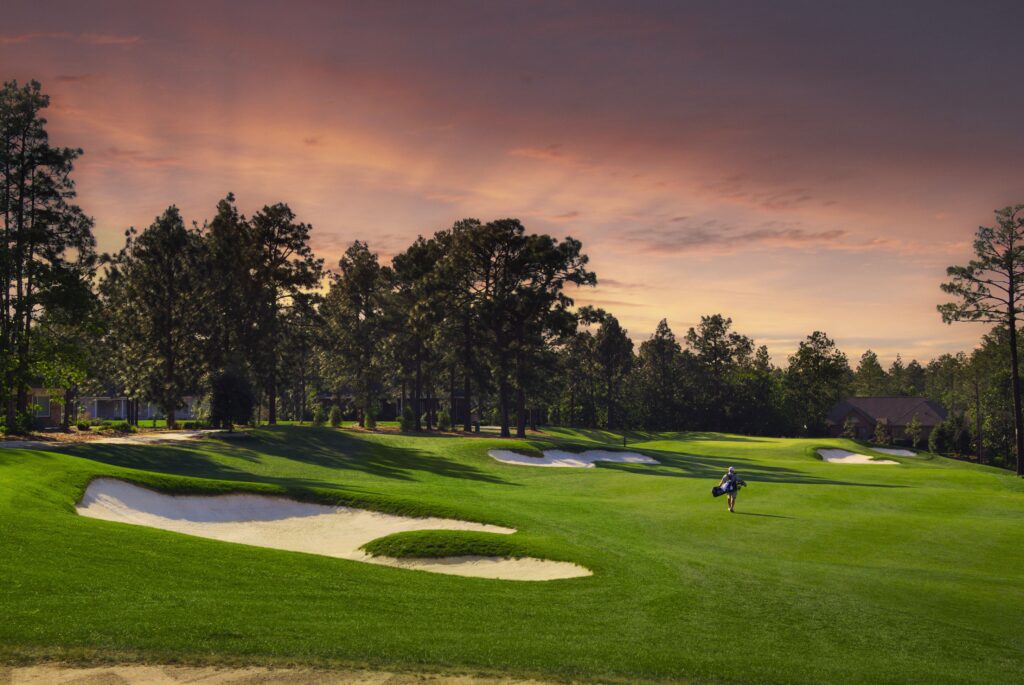
“For me, Pinehurst is such a special place for golf!”- Tom Fazio
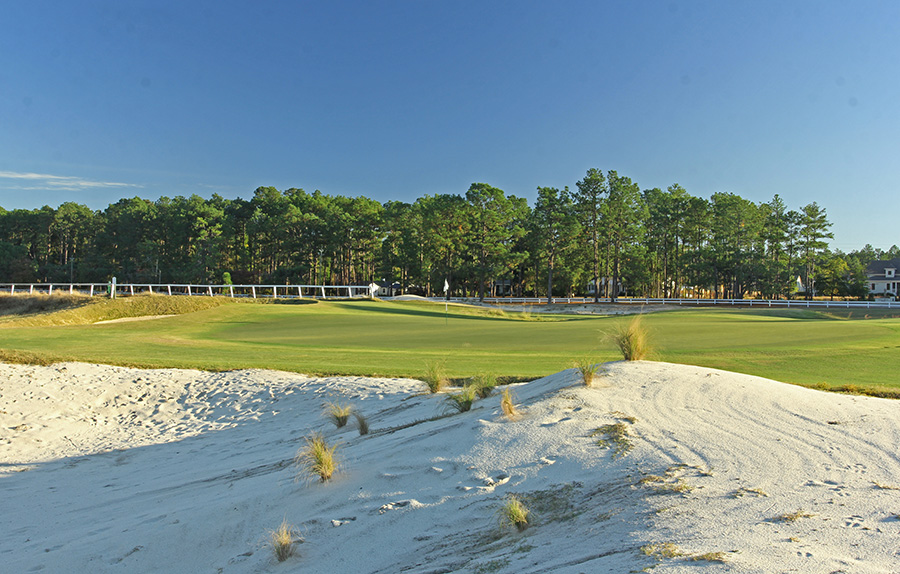
Maples Roots Run Deep in Sandhills Golf Design

New Southern Pines Mural

Pinehurst Area Buzzing with 2023 Excitement

Discover the Sweetness of the Sandhills

Celebrating the New Year in Moore County

The Big Three
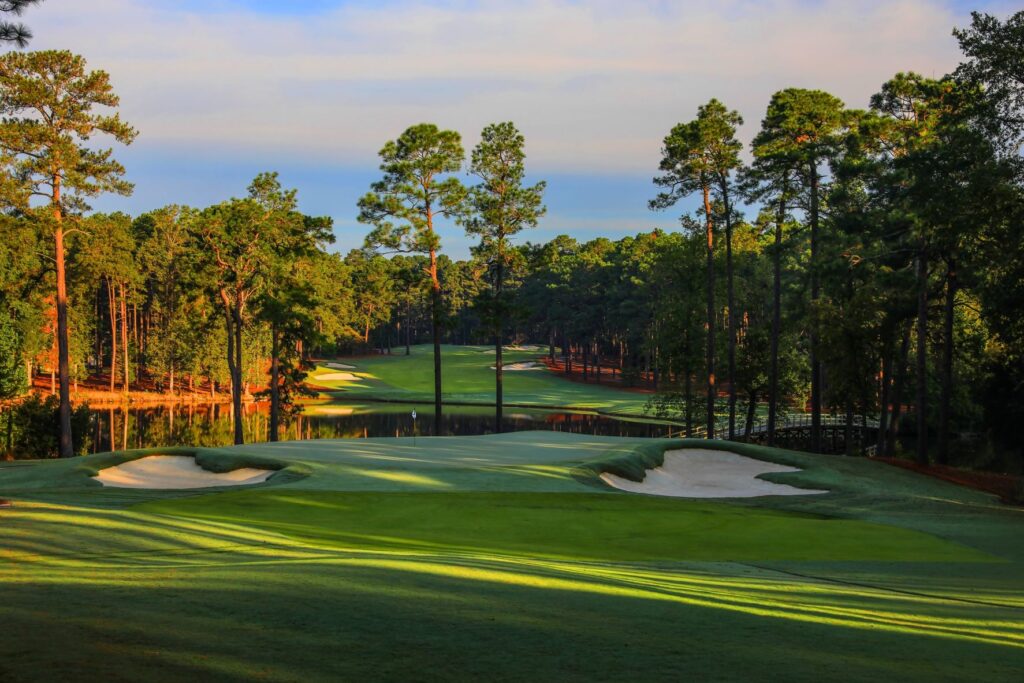
Jones Family Imprint
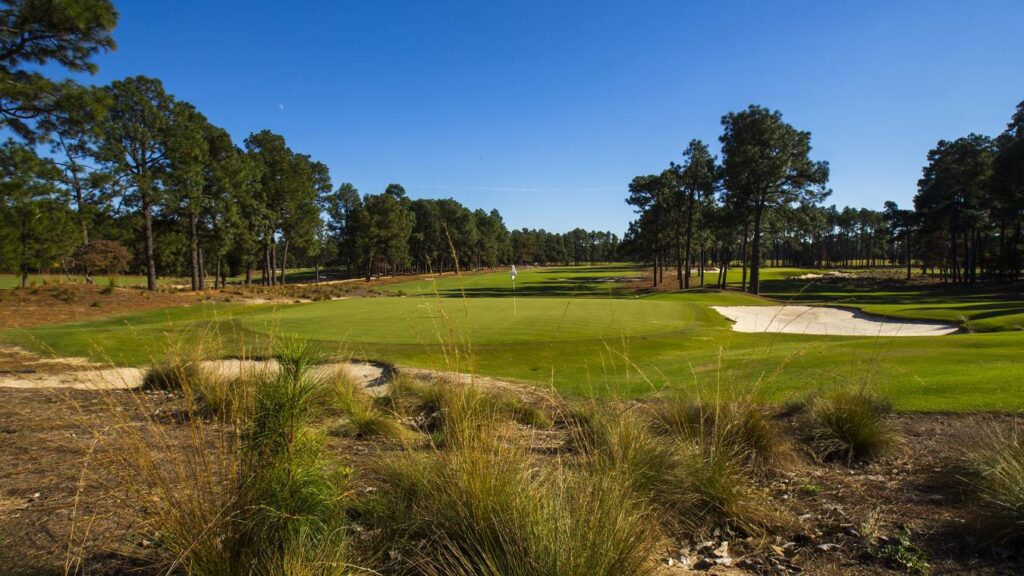
Coore & Crenshaw Roots Run Deep
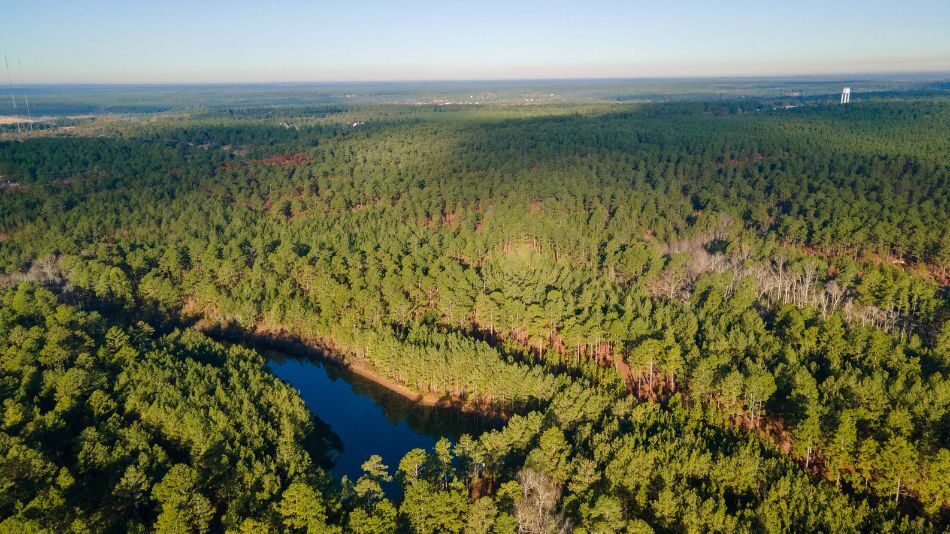
Pinehurst Resort Announces New Course to be Designed by Tom Doak
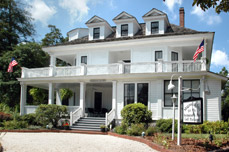
PINEHURST’S MAGNOLIA INN REOPENS
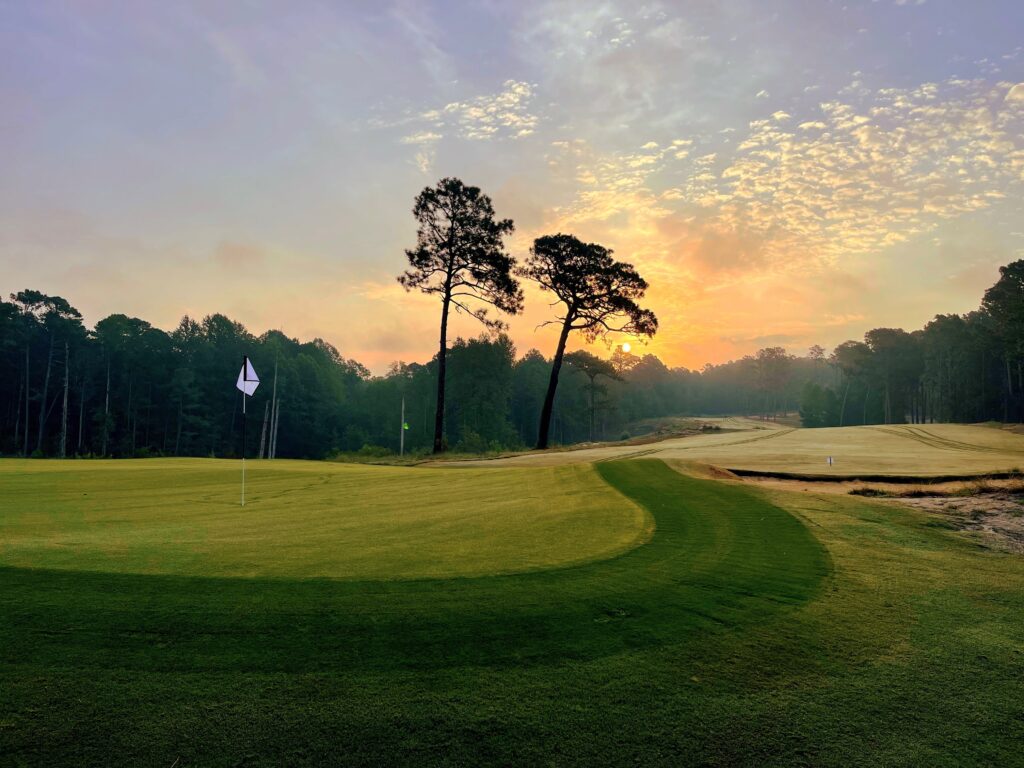
Southern Pines Golf Club Recognized
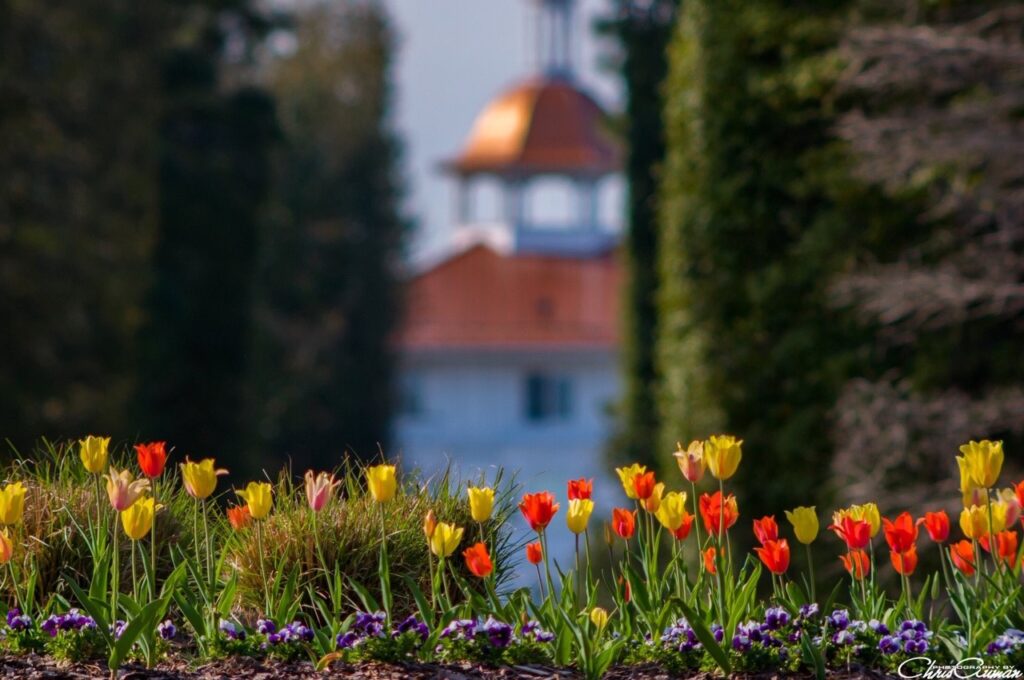
Spring in the Sandhills

Mother/Daughter Weekend in the Sandhills
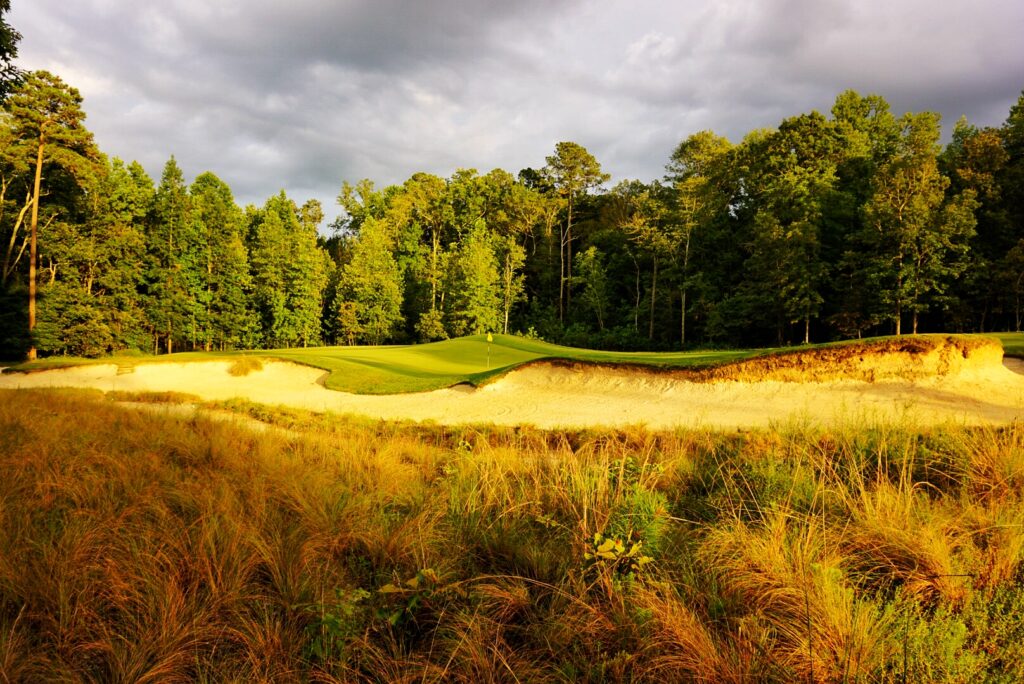
A Few of Our Favorite (Golfing) Things
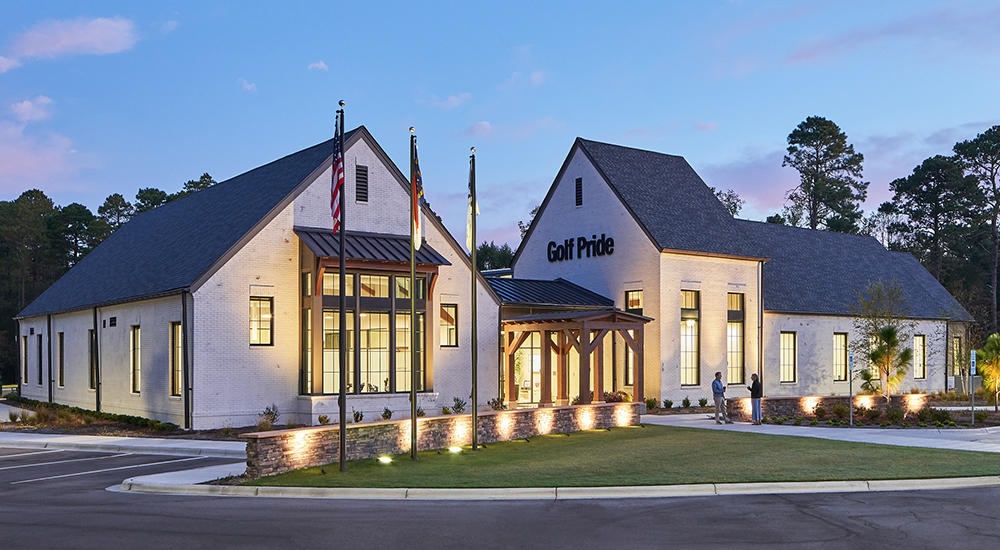
Golf Pride Retail Lab a must-see experience for your Pinehurst itinerary
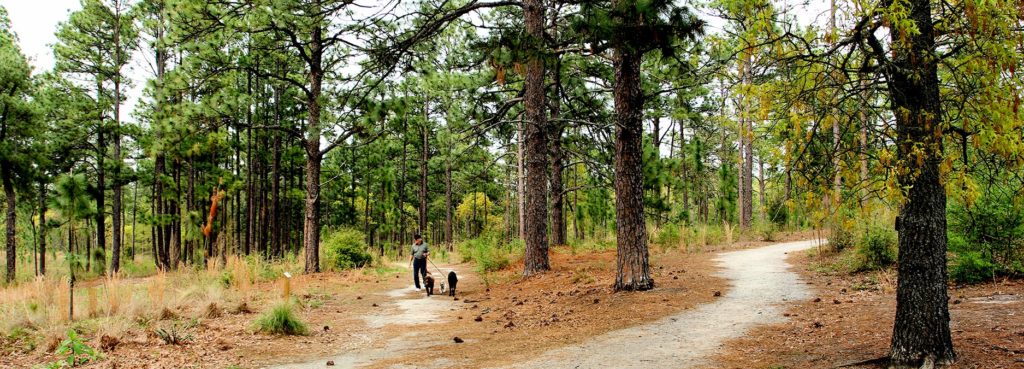
6 Trails to Explore for the Year of the Trail

Pinehurst No. 2 Still Ranked Best Course in NC

Sandhills Ecology 101
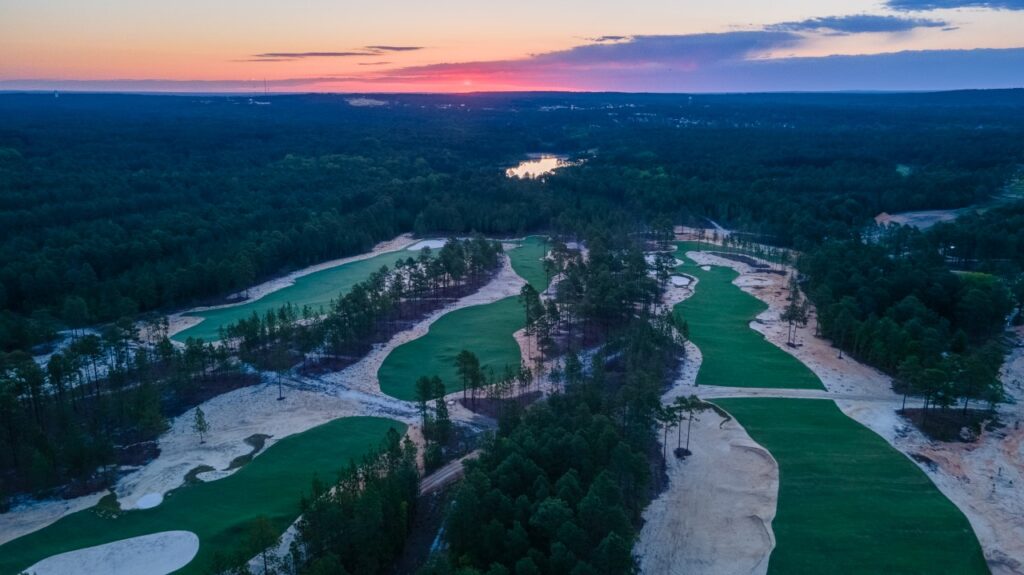
X Marks the 10-Spot

Best Date Night Ideas in the Sandhills
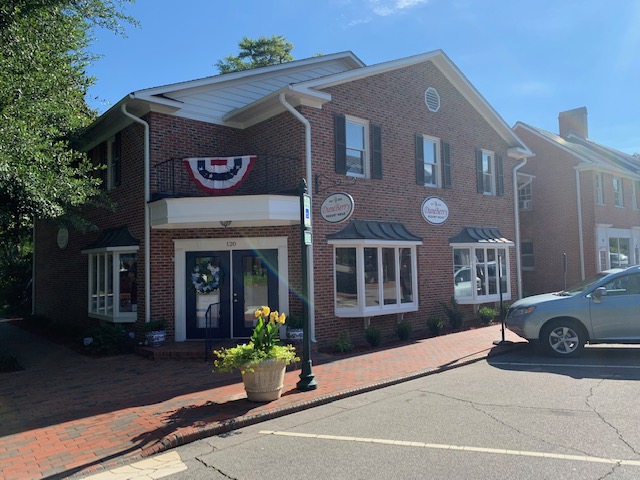
Small Towns Big Style

9 Urban Trails Around Pinehurst Area
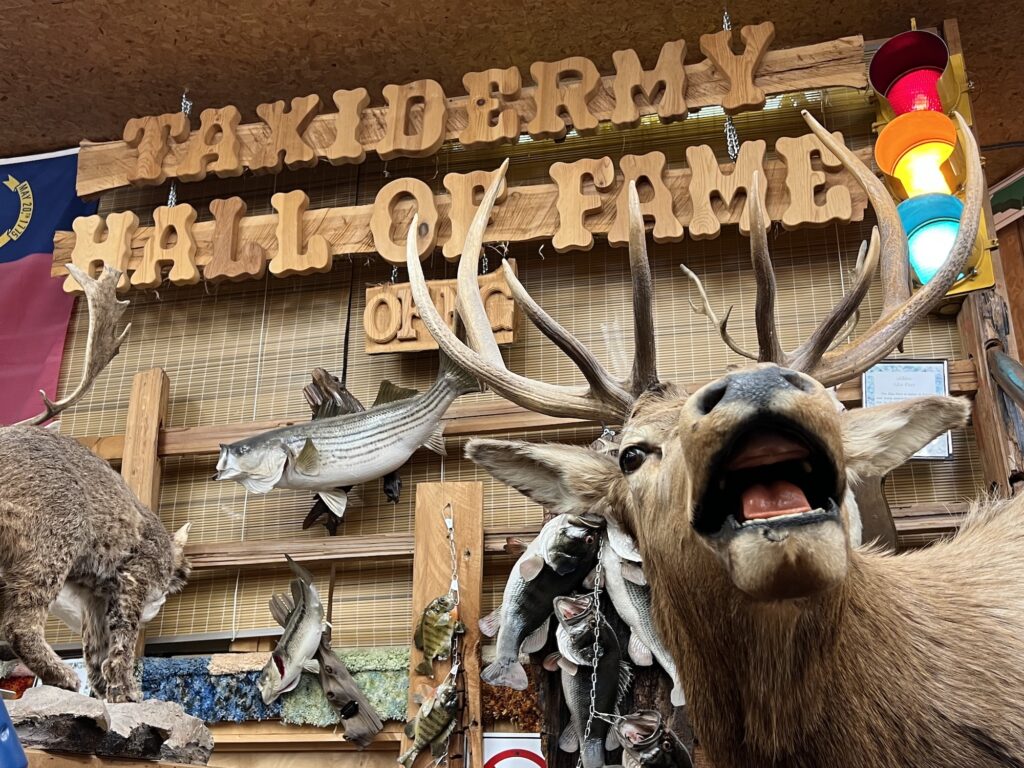
Uniquely Pinehurst

2024 U.S. Open: A Look Ahead

1999 U.S. Open: A Look Back

A Restorative Weekend Getaway at Tanglewood Farm B&B in Southern Pines
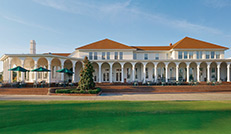
Top Things To Do On A Long Weekend

Independence Day in the Sandhills
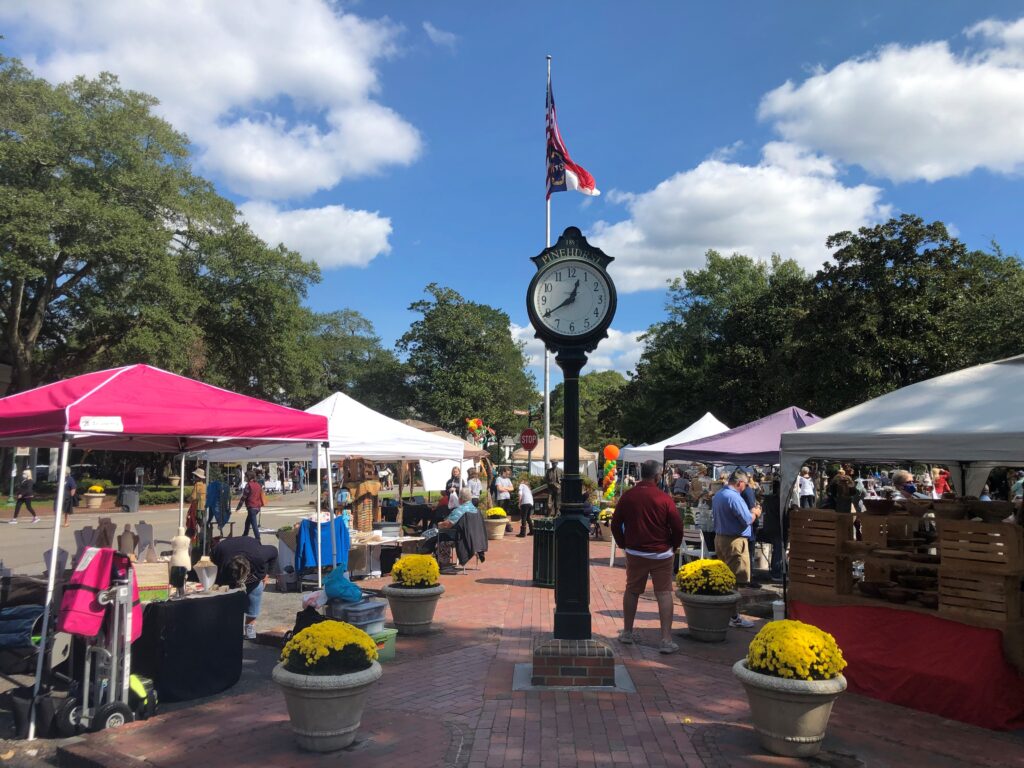
Fall Events Around the Sandhills

Celebrating NC Peaches

Kid You Not
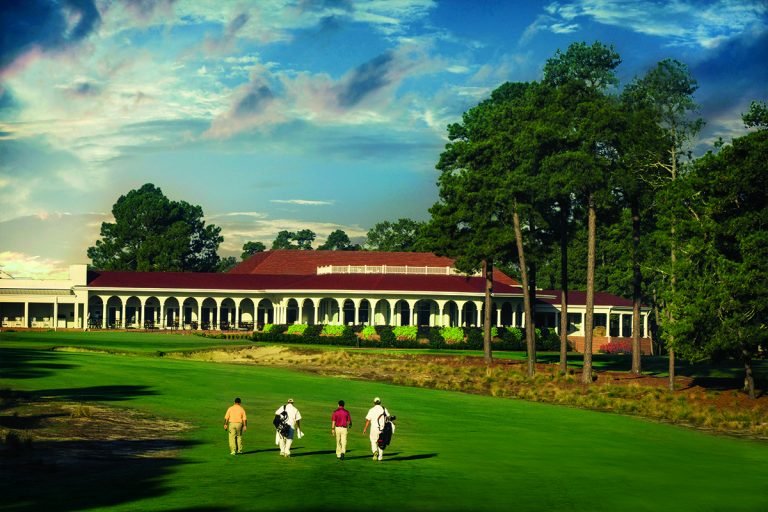
Sleepy Summers No More
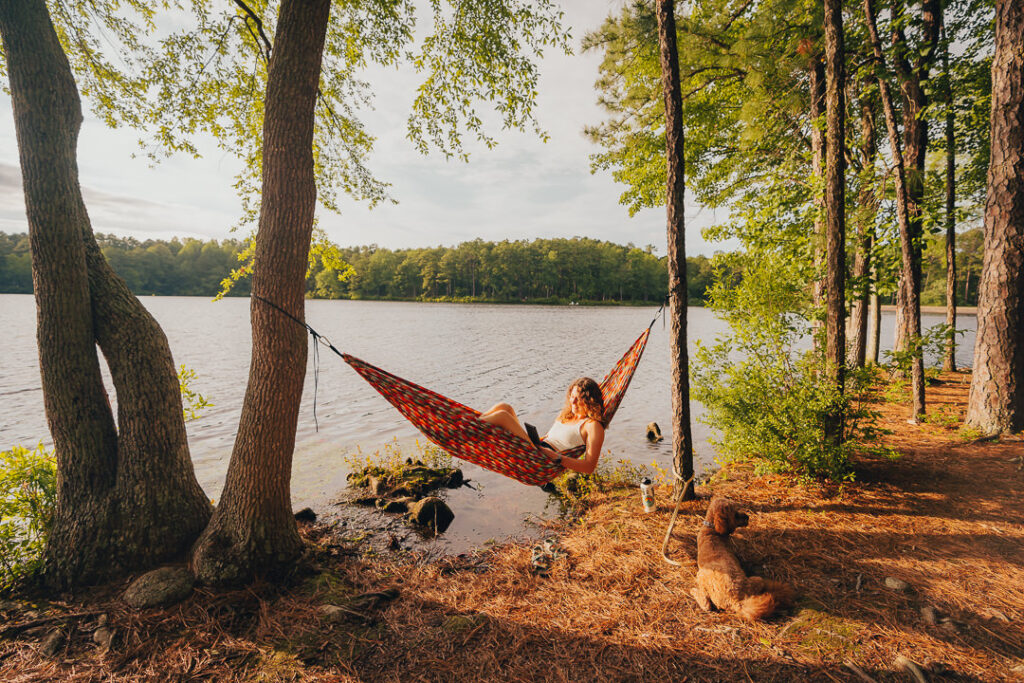
Getting Outside
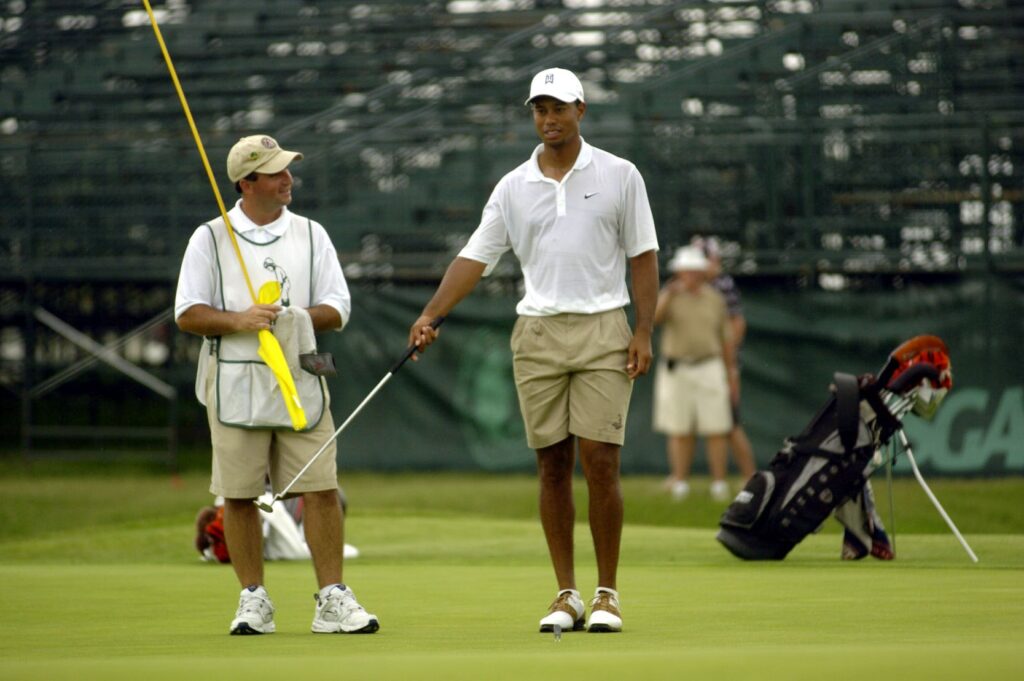
When They Were Young
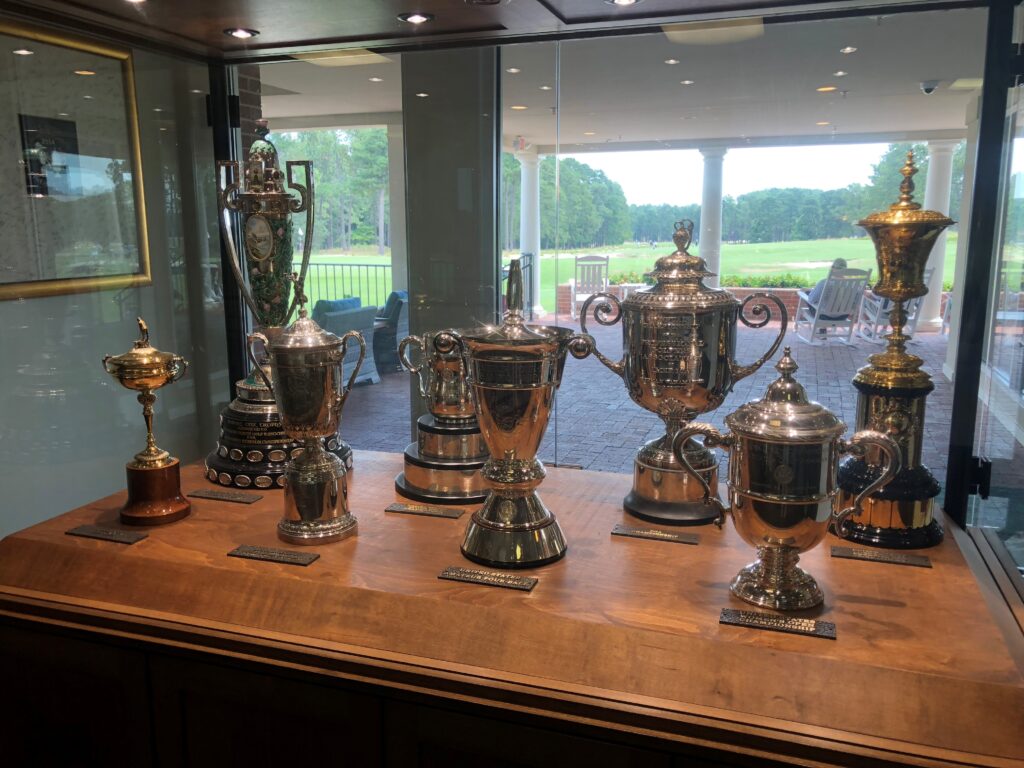
Pinehurst Major-itis

Loving Our Black & Whites
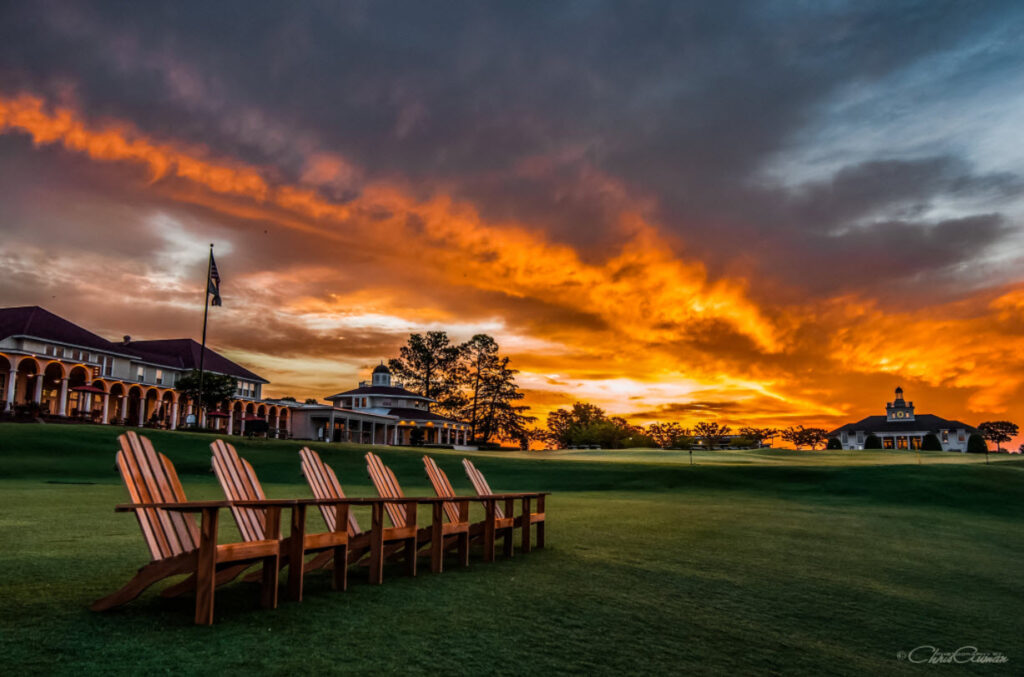
Lens of the Sandhills
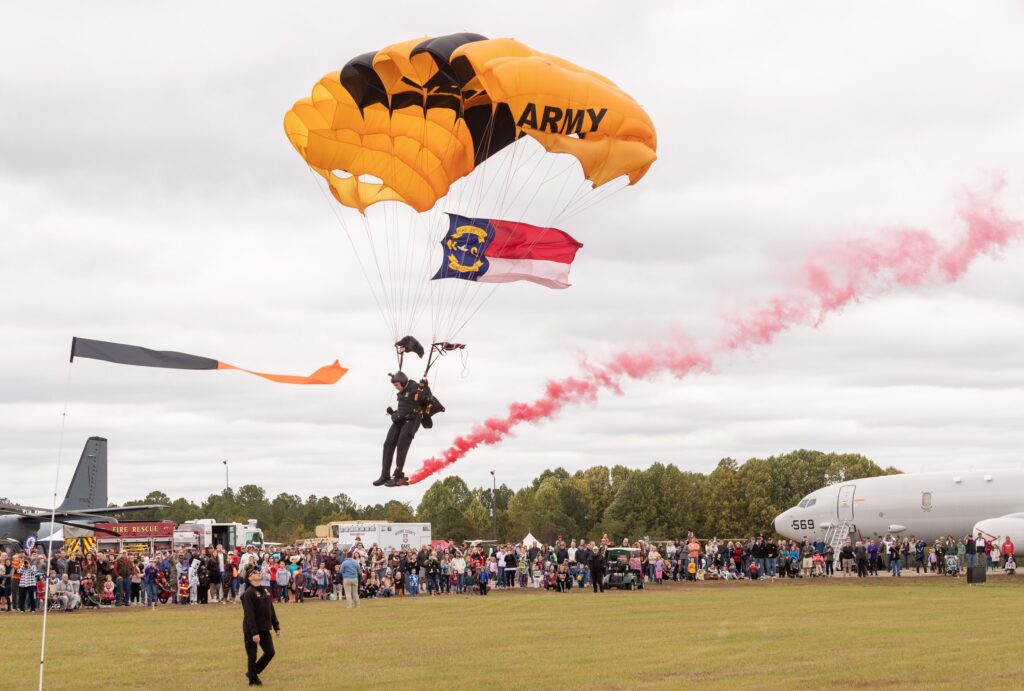
Festival D’avion Named as Signature Event
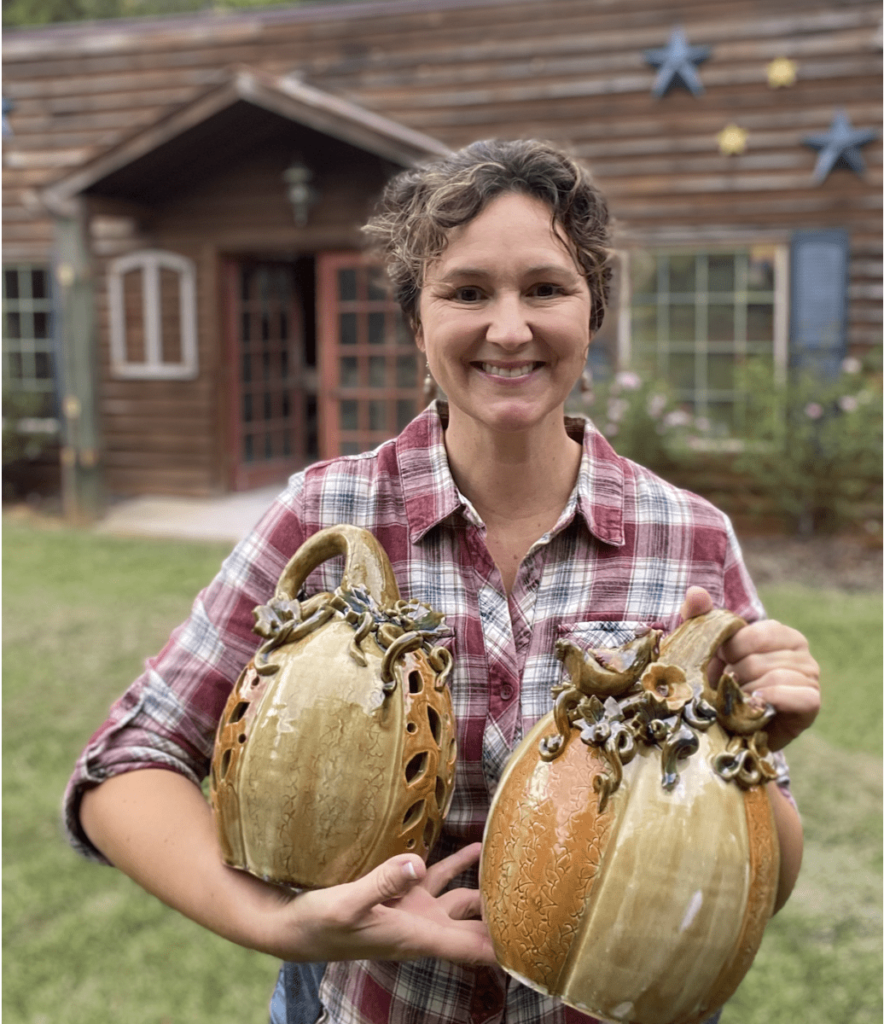
Celebrate American Craft Week

Act Two for Tot Hill Farm
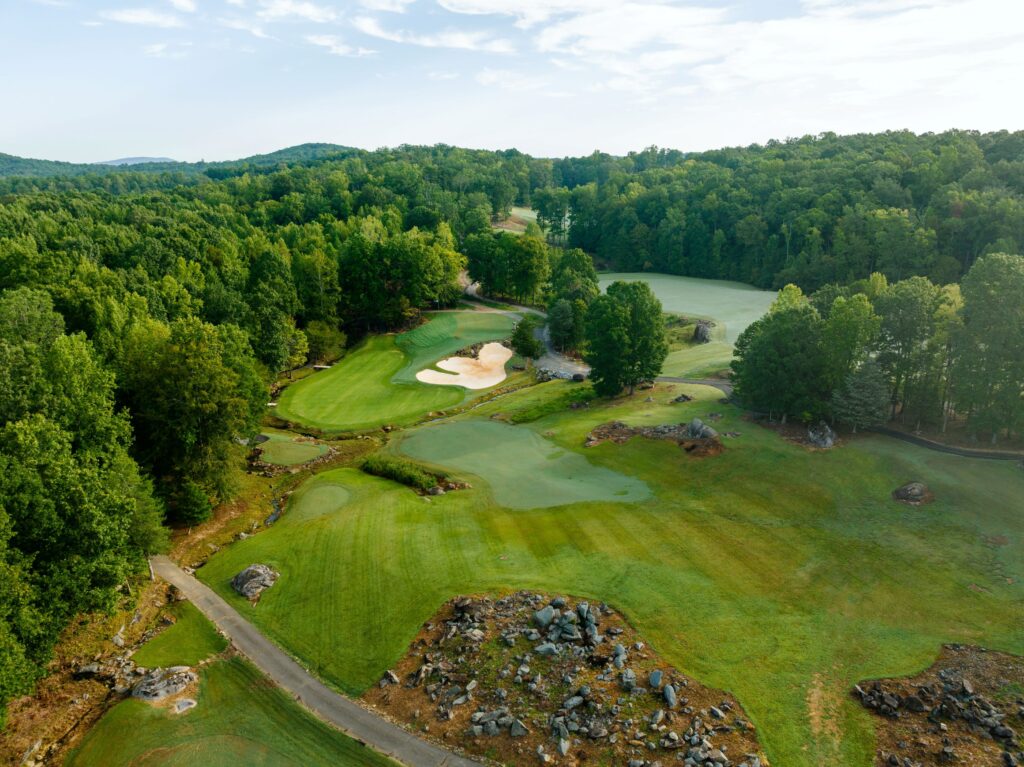
An Artist in the Dirt
Legends of the Pines

Breakfast Joints of the Sandhills

The Scottish Invasion

To Dornoch and Back
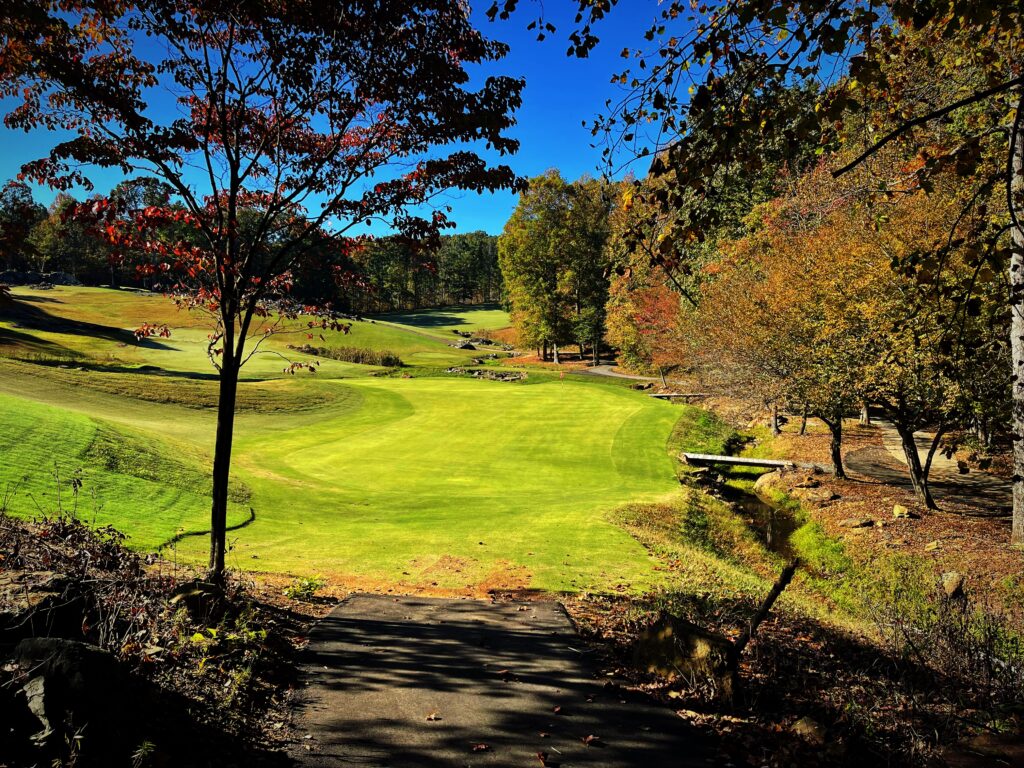
A “New” Pinehurst Welcomes the World in 2024
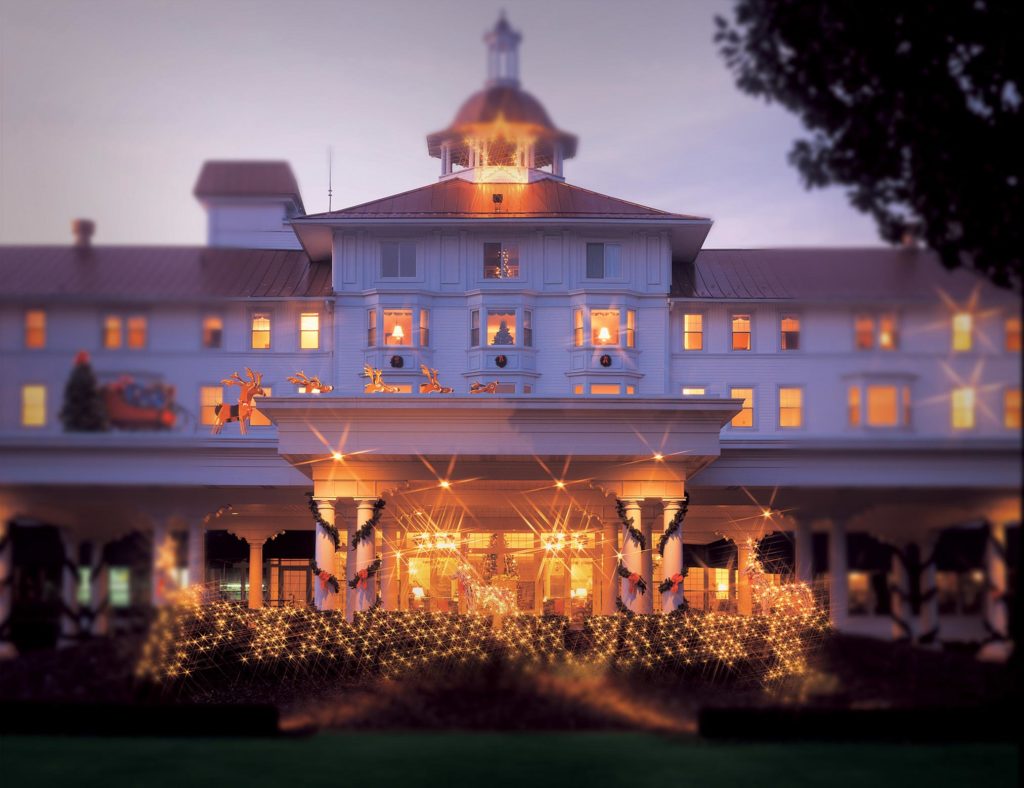
Pinehurst Holiday
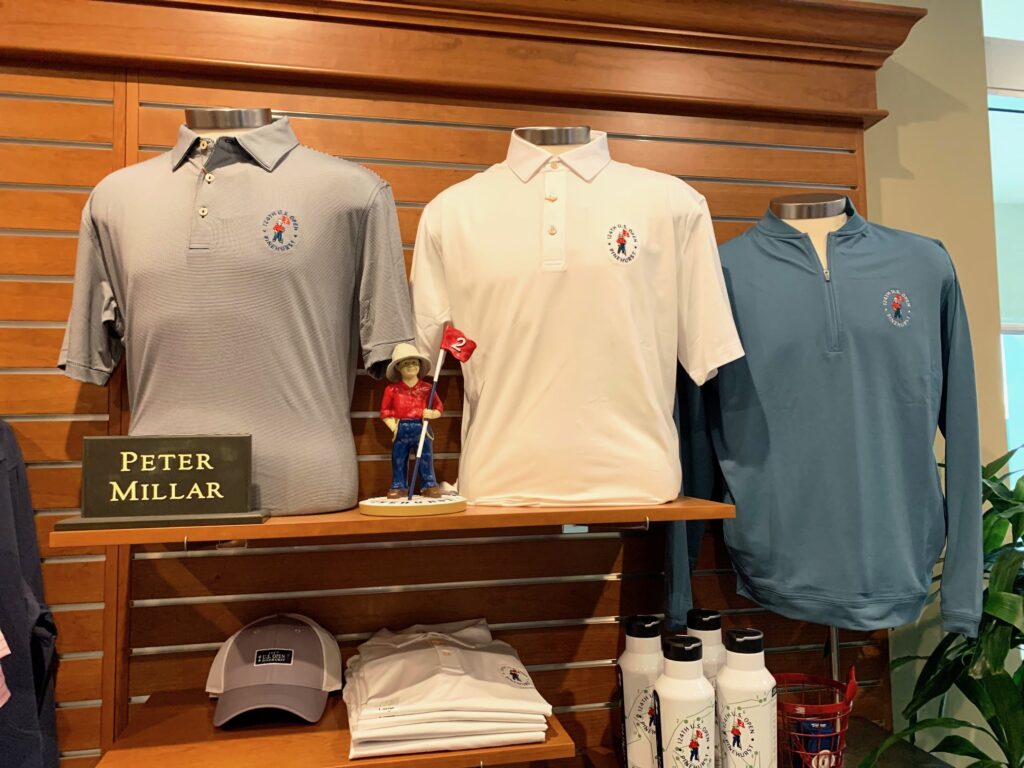
Golfers Gift Guide
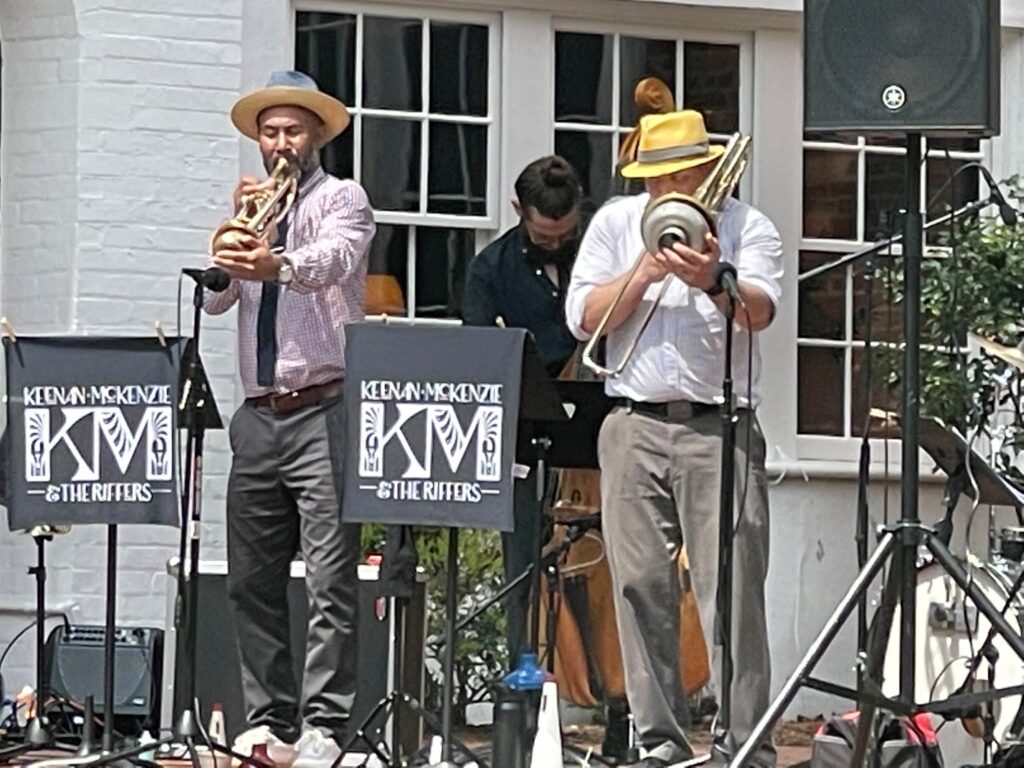
Sandhills Nightlife Scene

A U.S. Open Year

Payne at 25

Where to Antique in Cameron and Carthage

Girls’ Weekend in Moore County
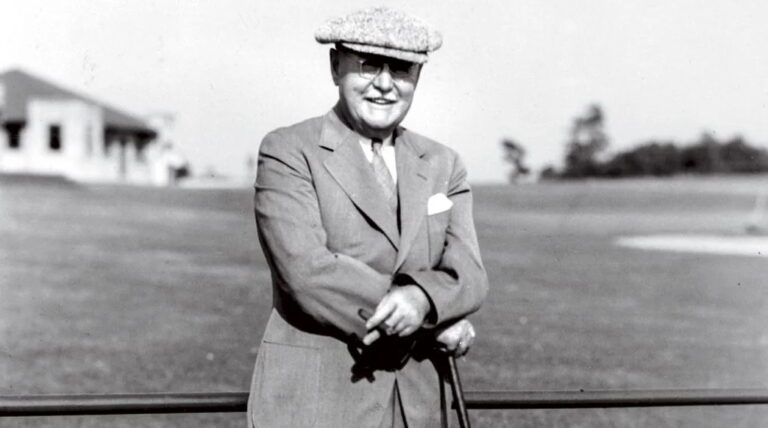
Sandhills Hall of Fame
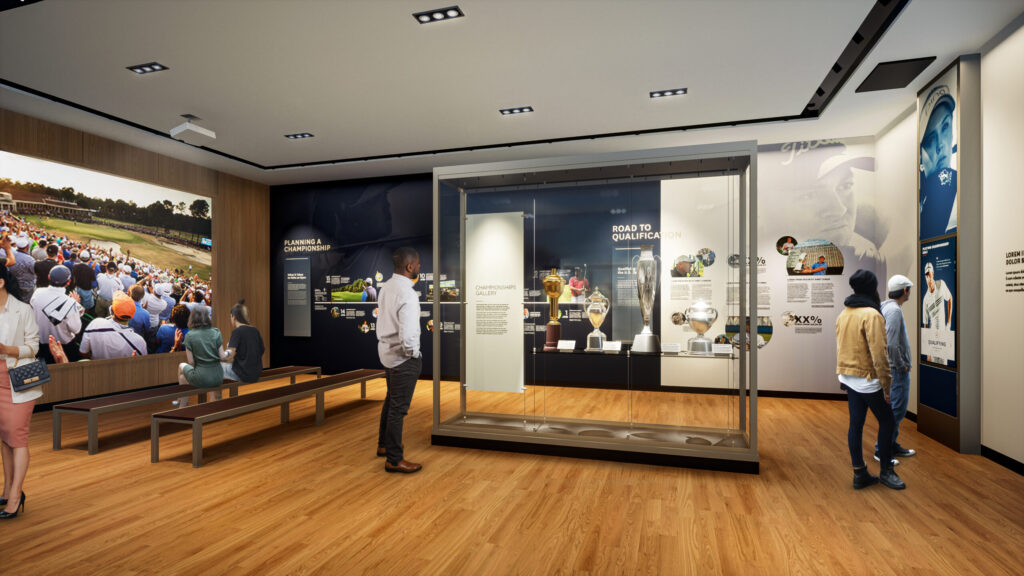
Hall of Fame Take Two
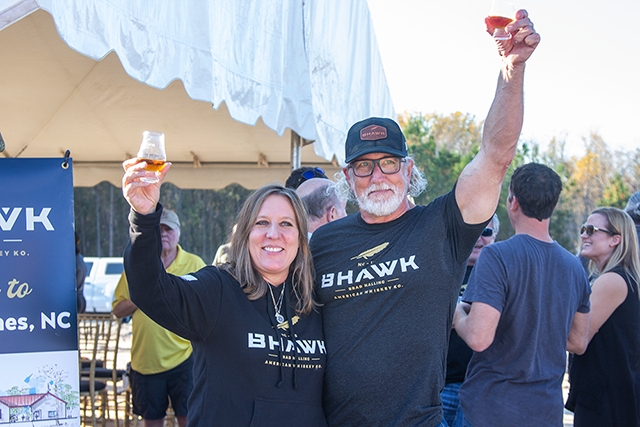
BHAWK Distillery Toasts Military Spirit
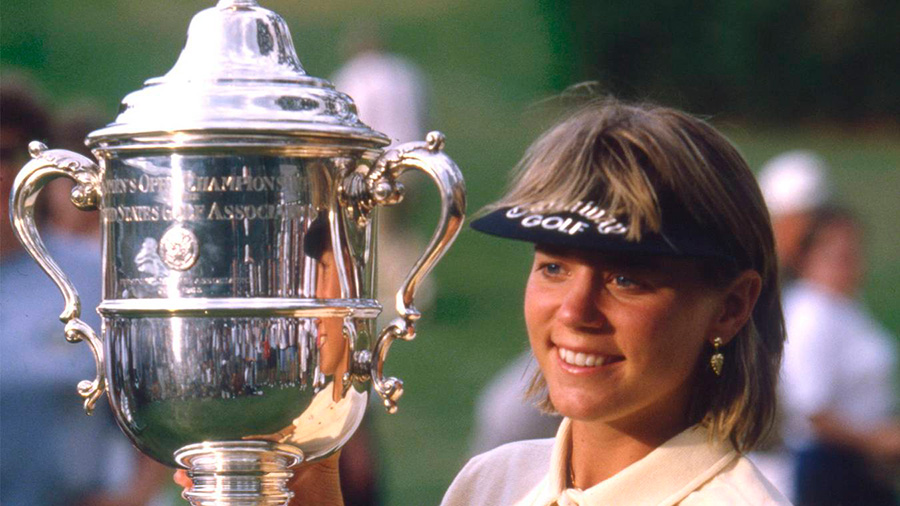
A Dozen Master Strokes
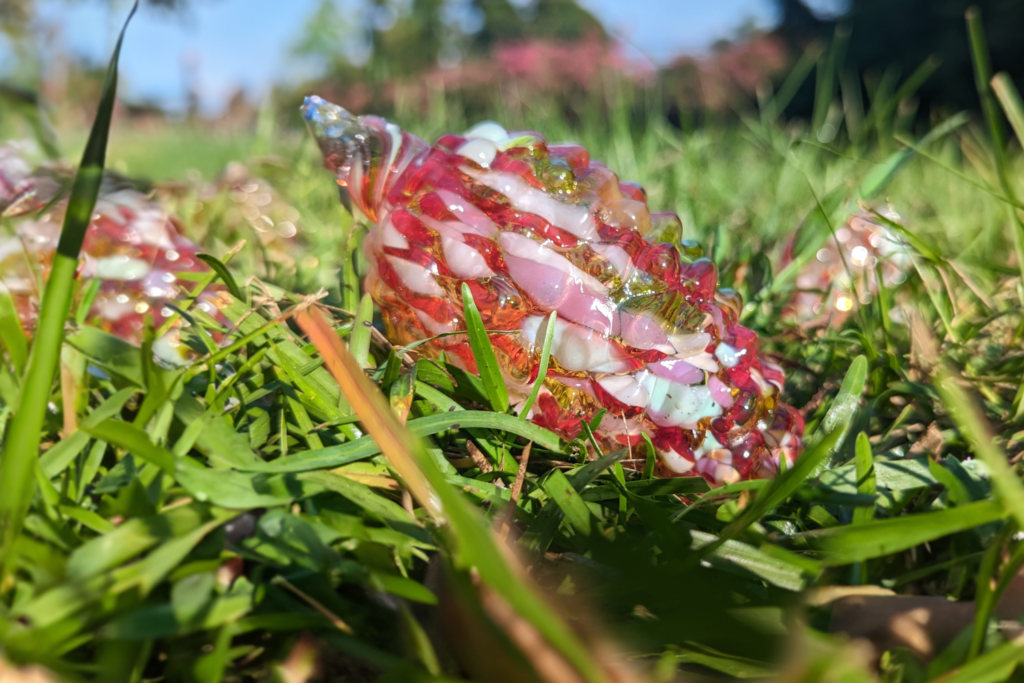
Popular Pinecone Pathways Returns for Spring 2024
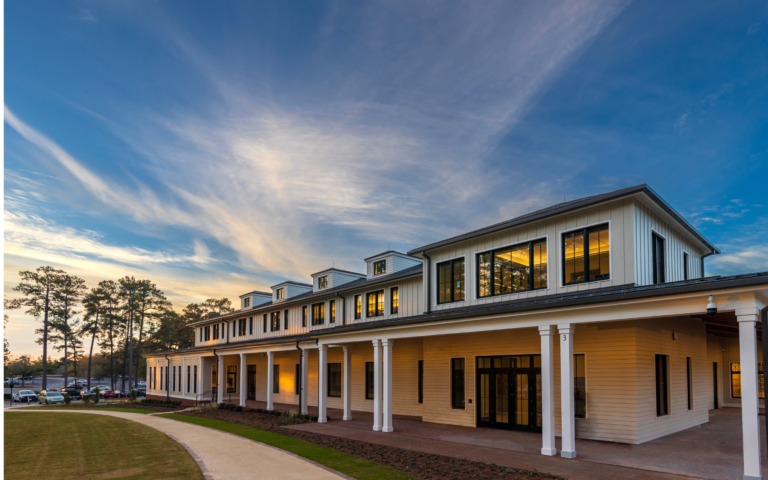
The Dynamic Decade
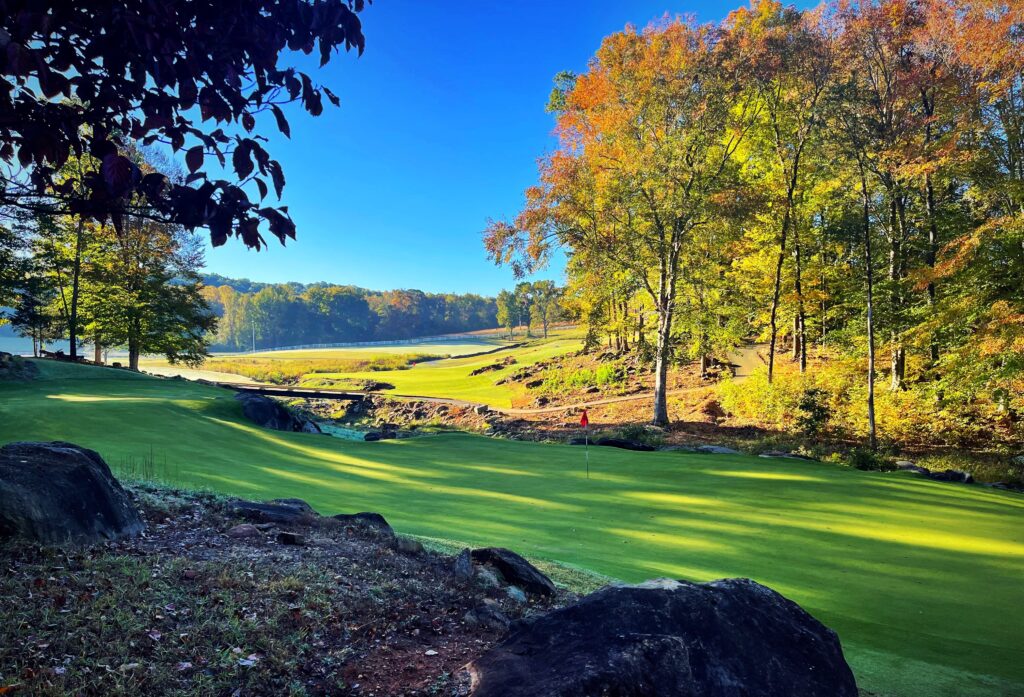
Sandhills Pours Double Dose
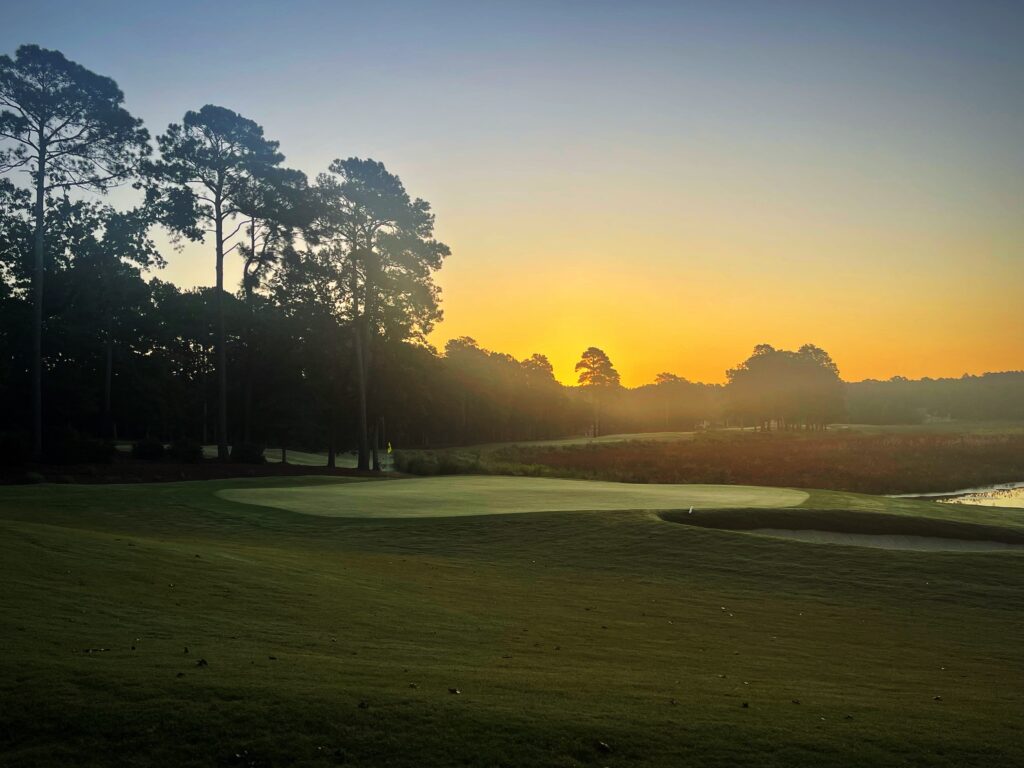
Rebirth at Woodlake
Pints in the Pines: A Guide to the Breweries of the Sandhills

